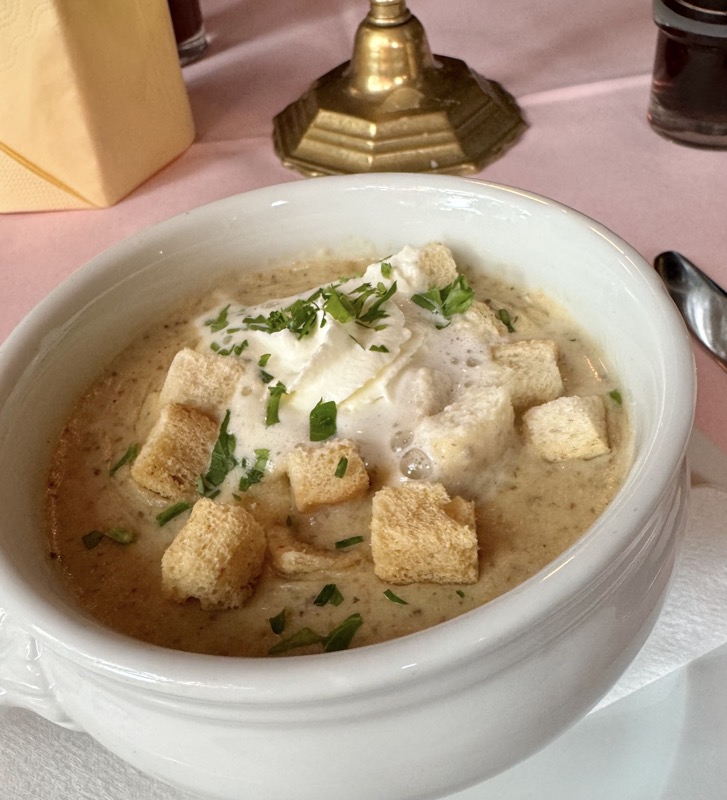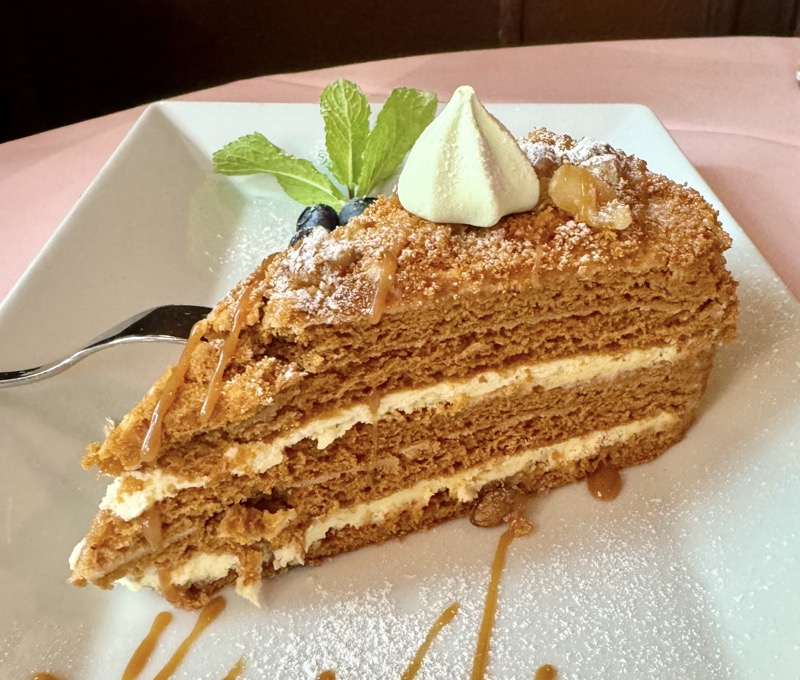Berlin! Some pics grabbed while out and about in Berlin – we stayed right near Alexanderplatz (at the Park Inn by Raddison), so were in and out of the square quite a bit.
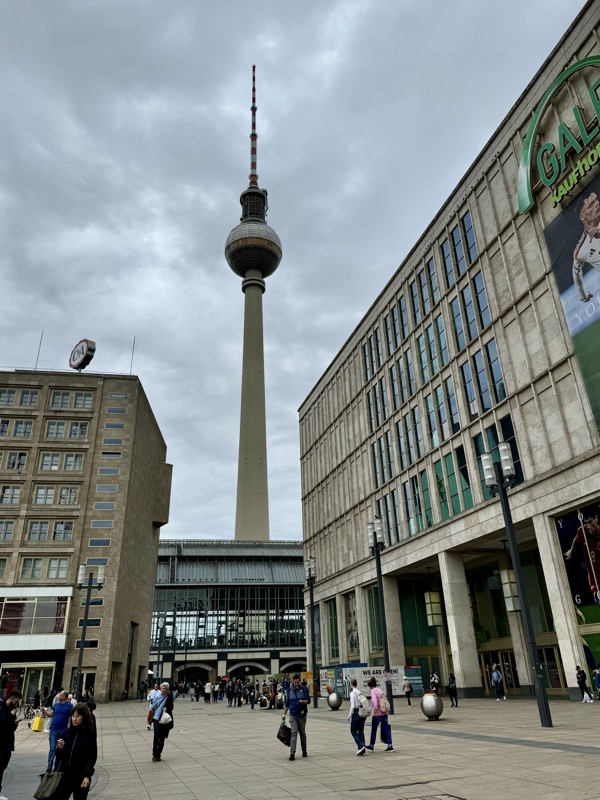
Doesn’t matter what time of day it is, there is no way you can get photos around here without people in them. I tried.
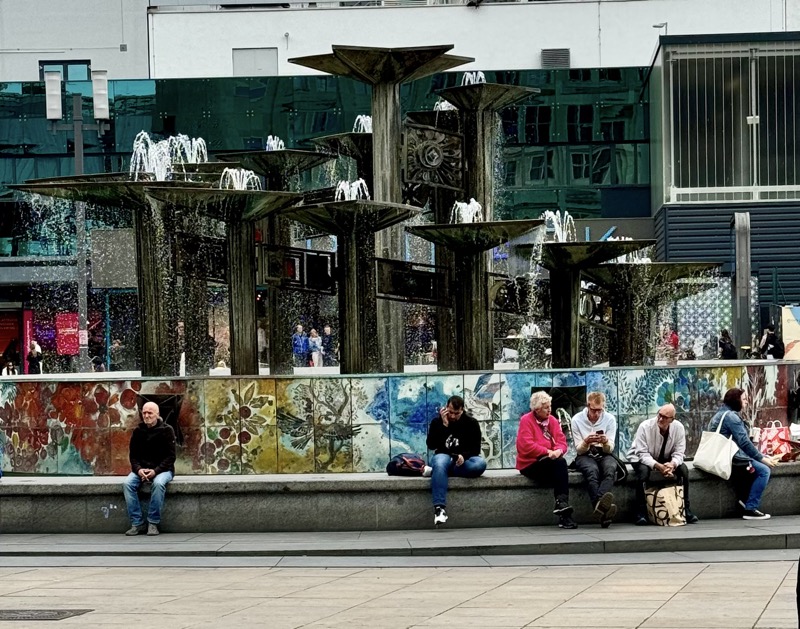
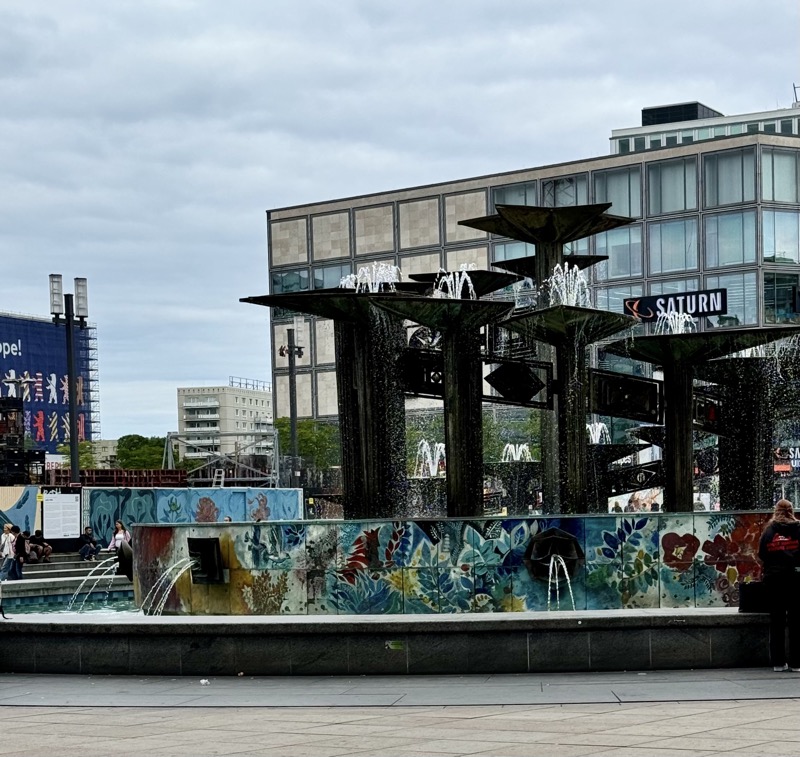
The famous world clock – I really like this thing. Angus didn’t care for it much at all.
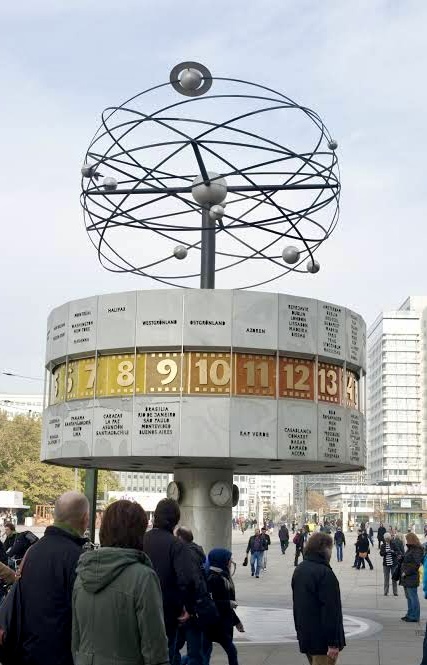
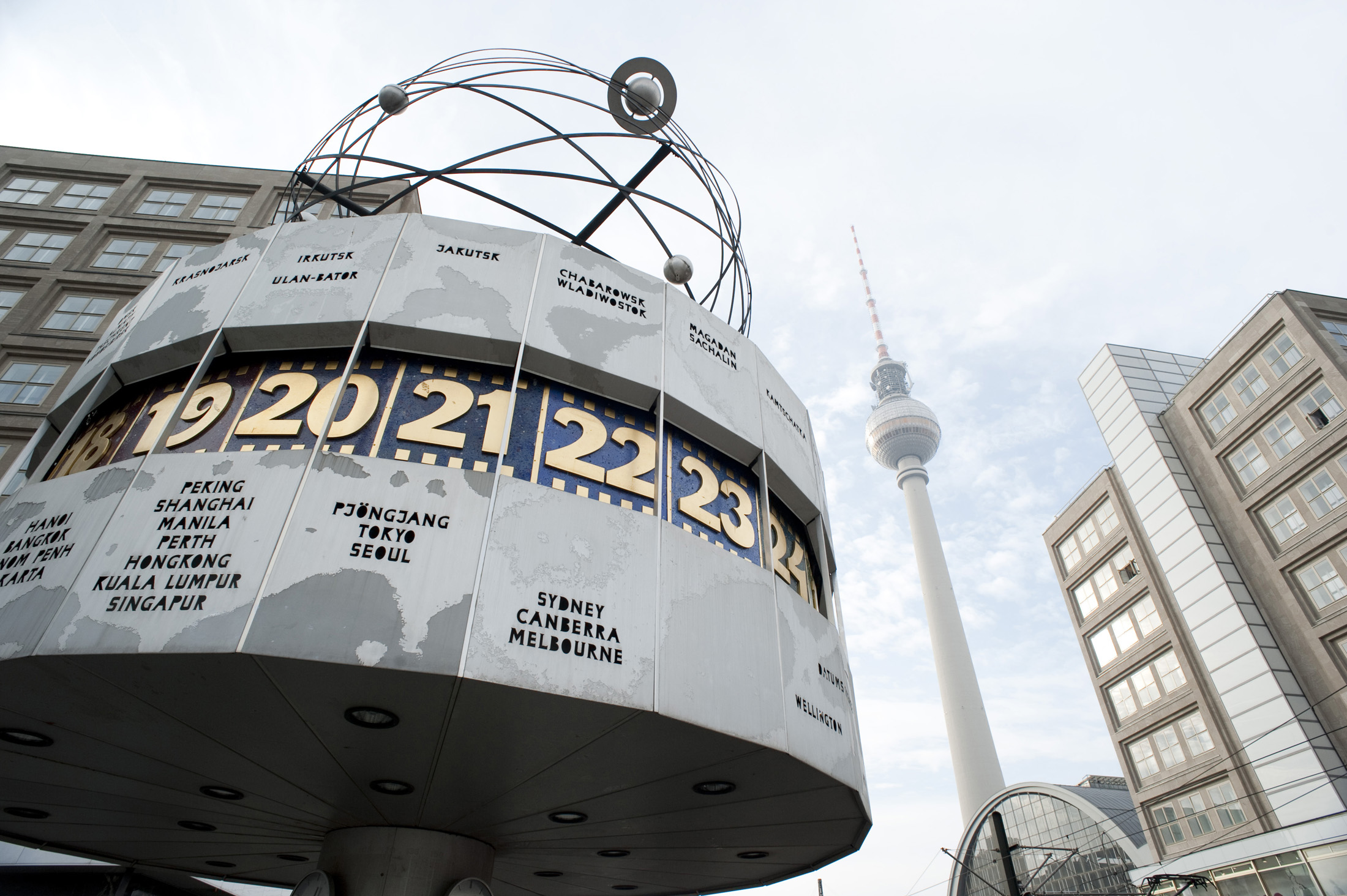
East Side Gallery – some of the artworks haven’t changed which is kinda cool. Especially nice to see the political images not being grafitti’d. When I was here last, I remember writing my name near He-Man’s loincloth, but that image seems to be gone now. 🙂
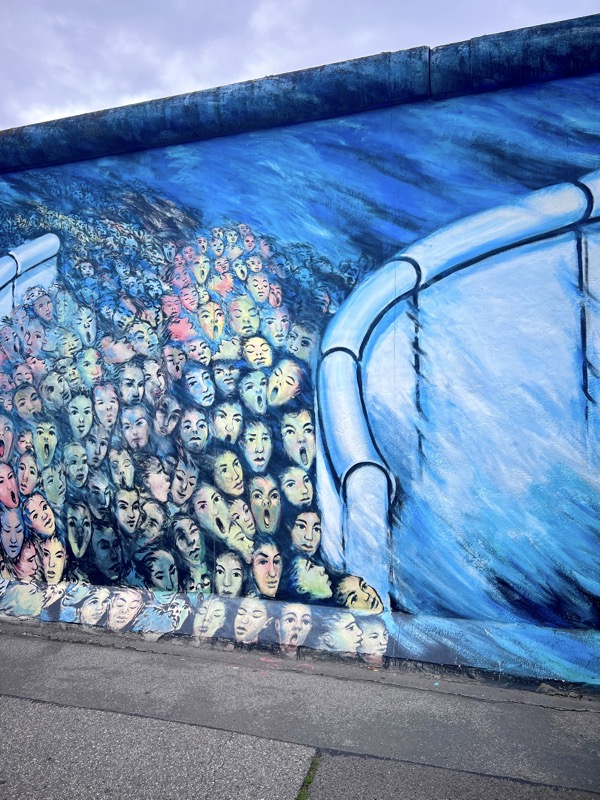

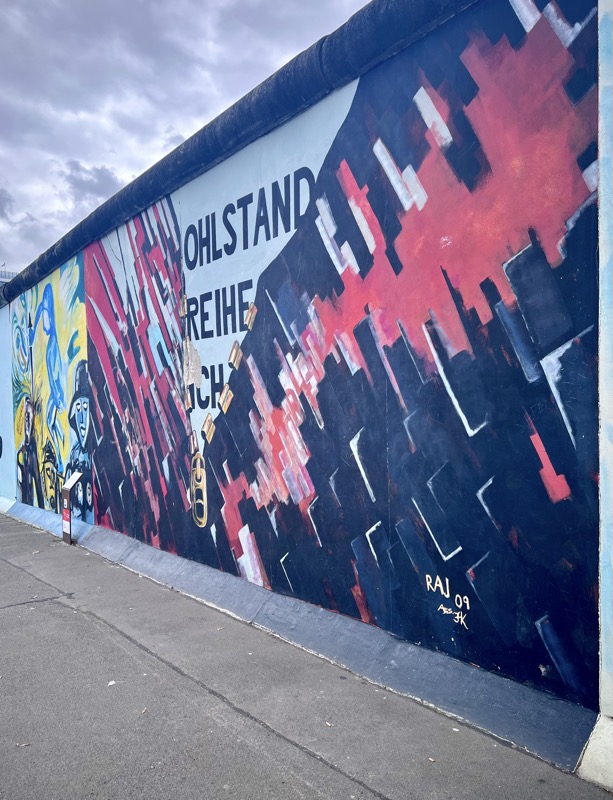
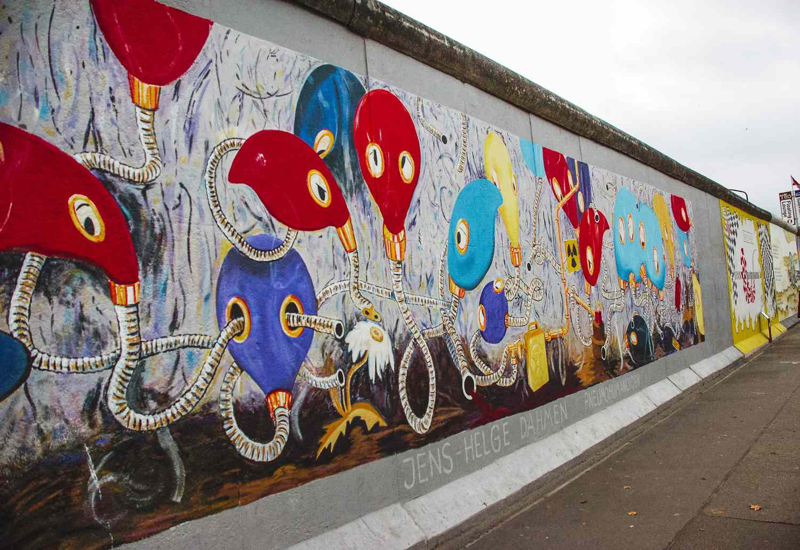
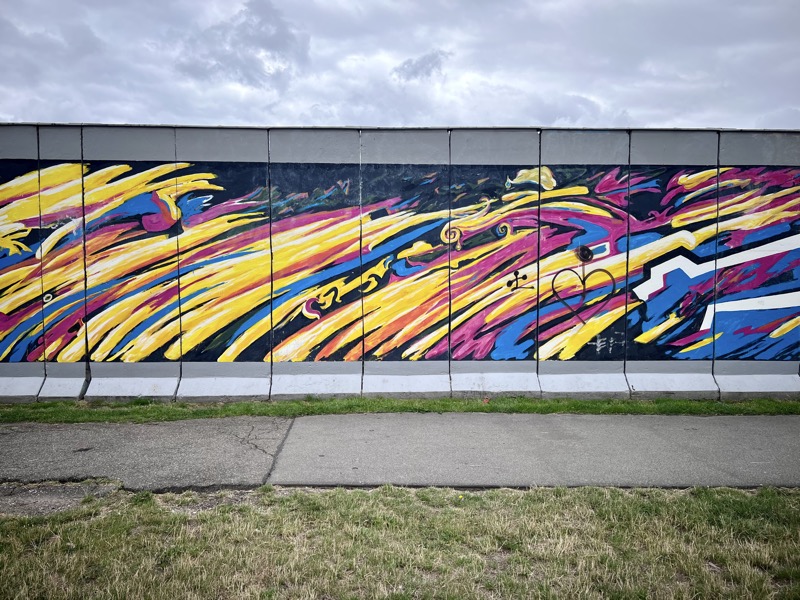
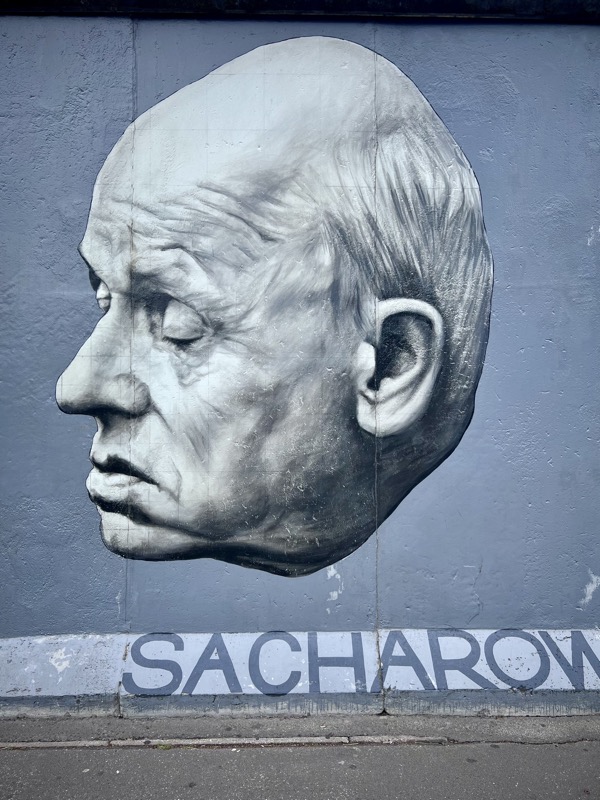
This image I remember quite well. It seems to have gotten larger and been touched up, but the style of it is memorable.
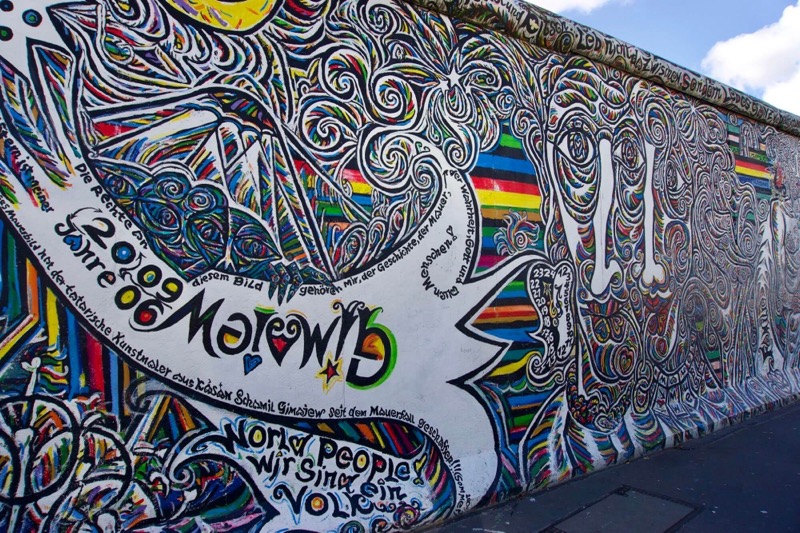
The Siegessäule Monument… or Victory Column is one of the most important national monuments in Germany and considered a ‘must see’ in Berlin (apparently… didn’t see it last time I was here as we came to the Palace via subway!). It was built in 1864 on the Konisplaz to commemoration the wars of Unification. It was moved to its current location in 1938 to be near monuments dedicated to Bismarck, Moltke and Roon – because it sounds like glorifying those sorts of people was what Nazis were into! The Victory at the top of the Column is also known as ‘The Golden Else’… not sure if Else is supposed to be a name or the English meaning of ‘else’. It’s a mystery.
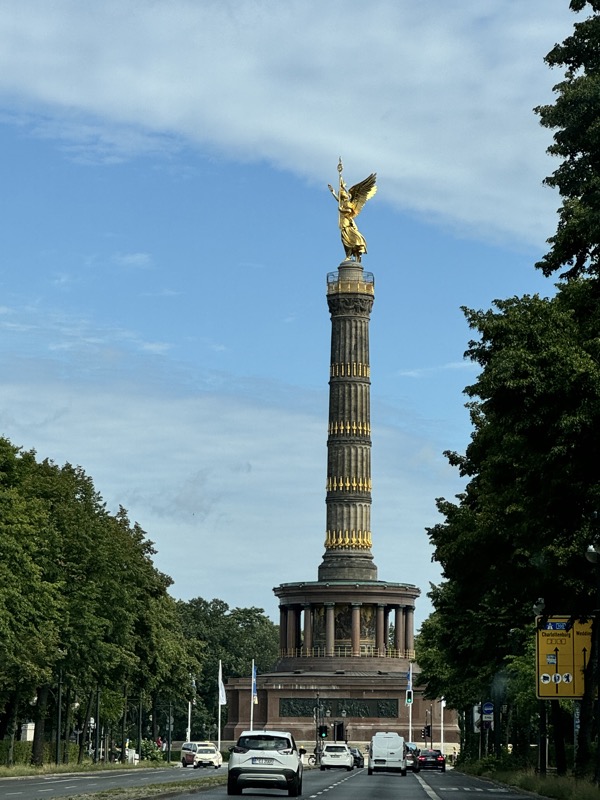
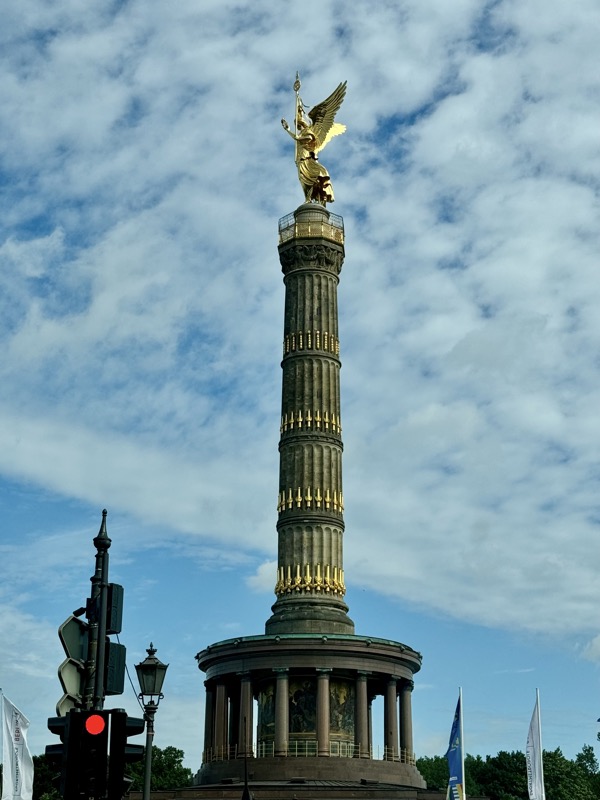

On our way out of Berlin, we had an hour or so to visit Charlottenburg Palace… I have been here before, and wrote quite a bit about that visit and the history of the place. So I’m not going into that all over again, but there was an entire section of the palace that was closed last time that we managed to go into, so here’s a massive photo dump:
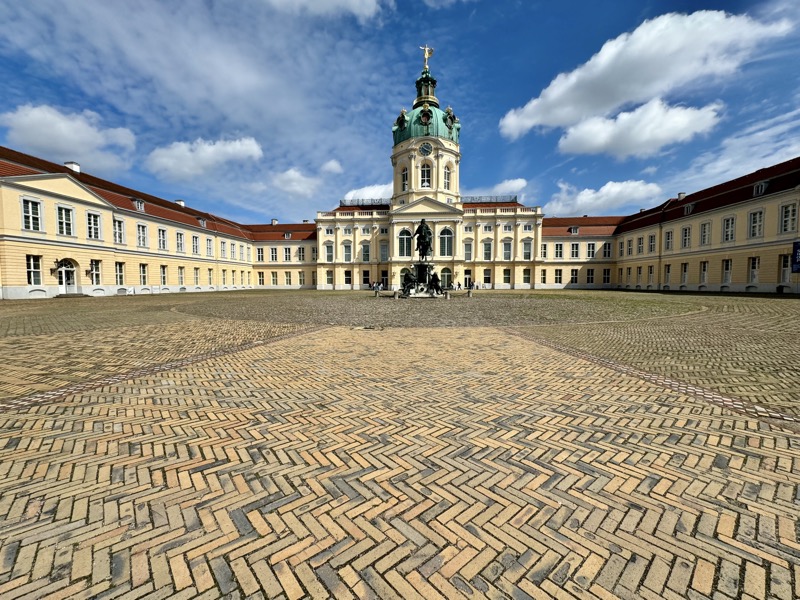
Started out as a nice day. Didn’t stay that way.
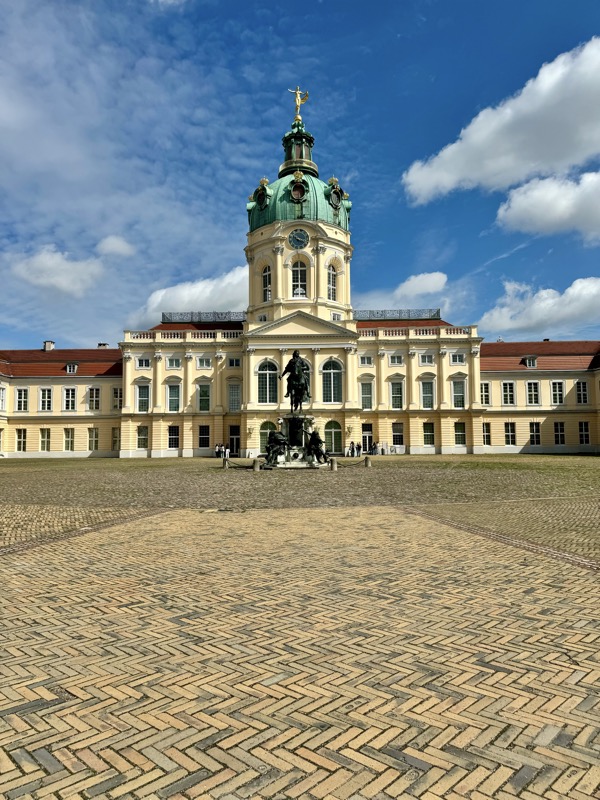
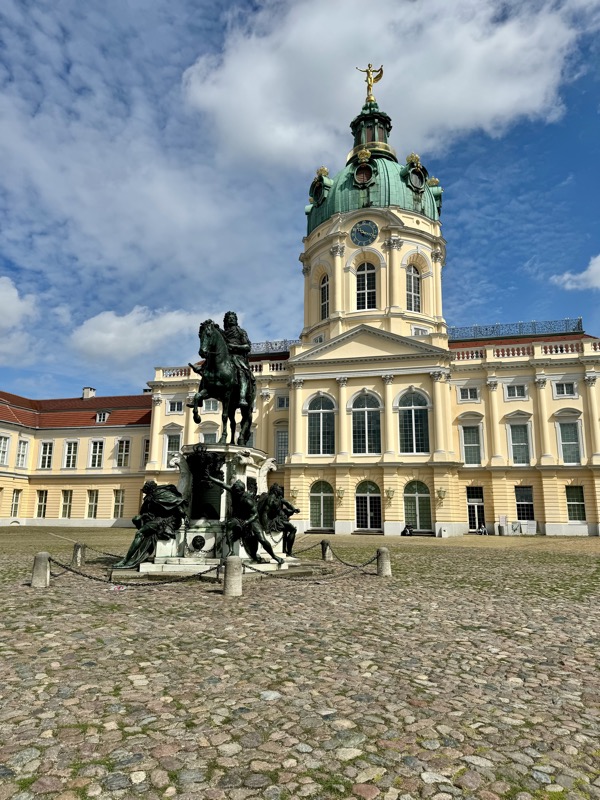
Mecklenberg Apartment rooms:
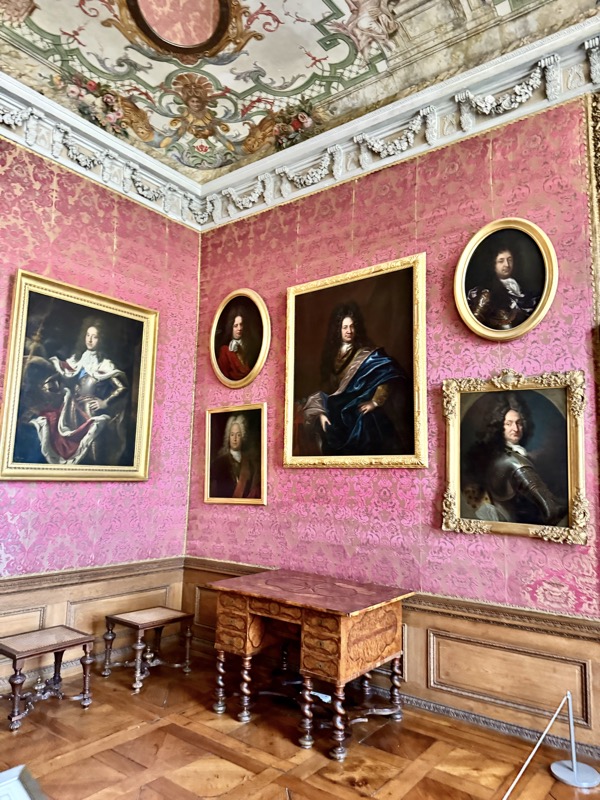
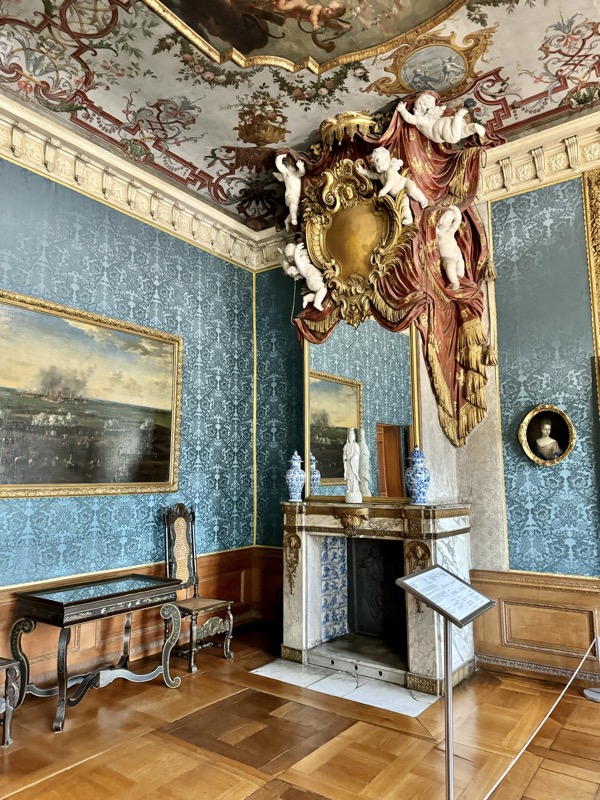
The Old Gallery:
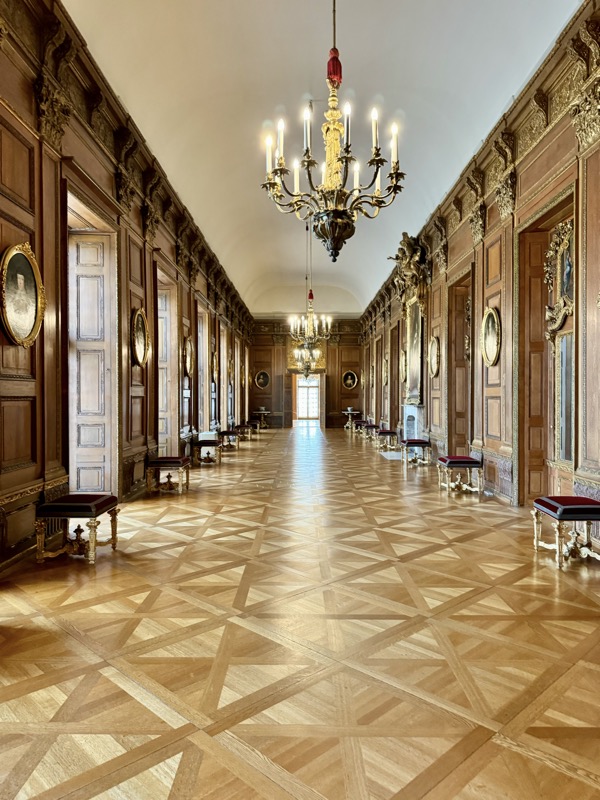
Sophie’s Mirror Chamber:
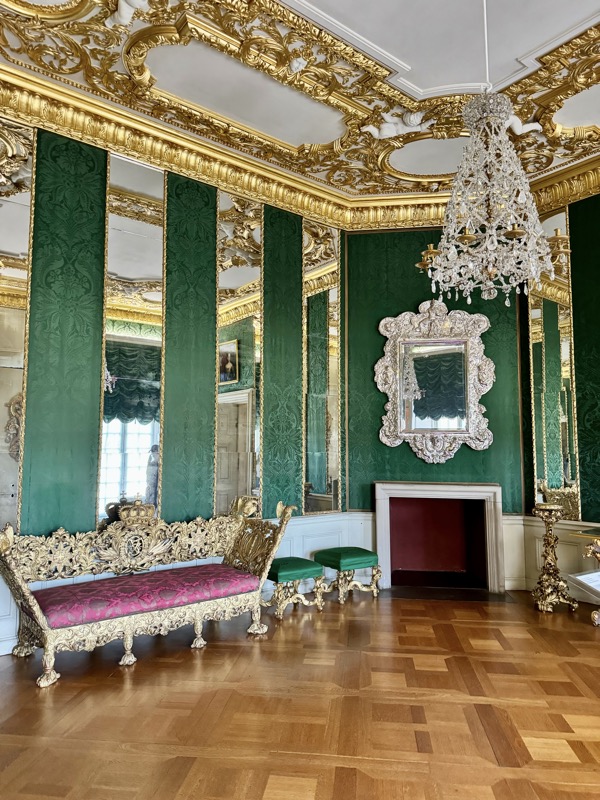
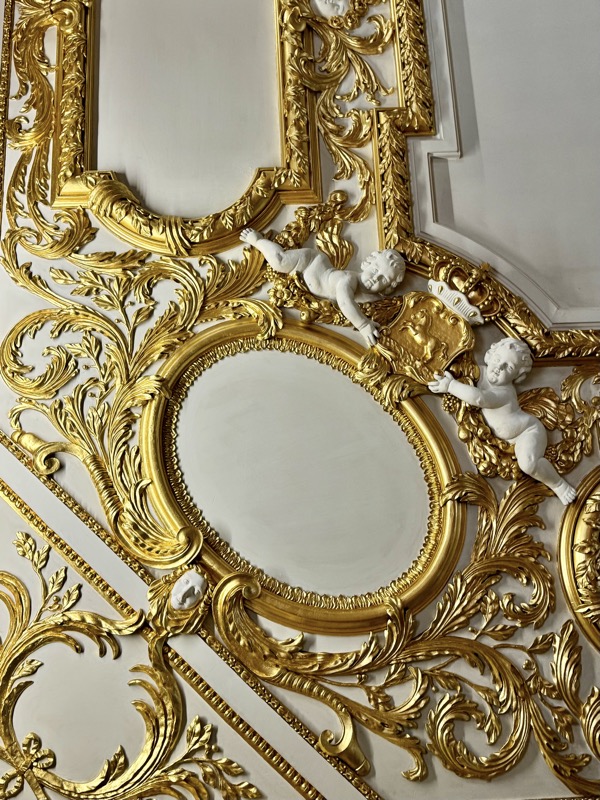
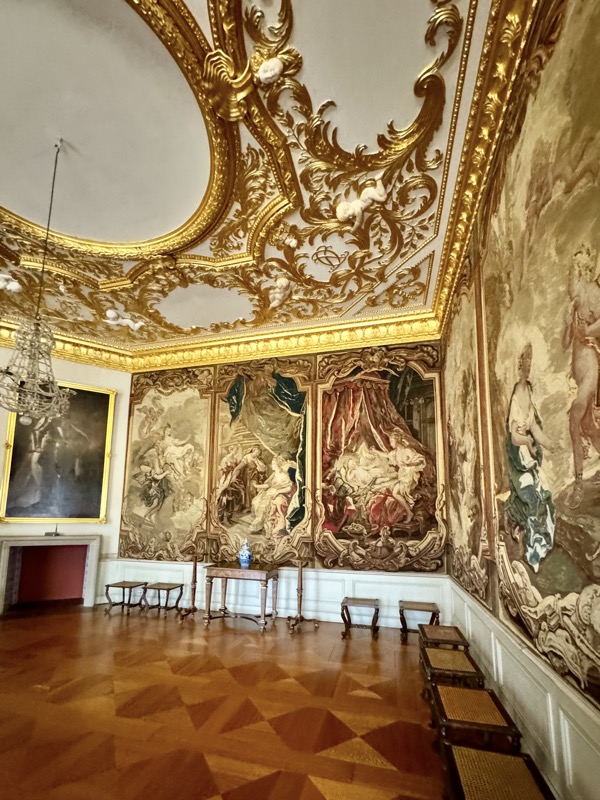
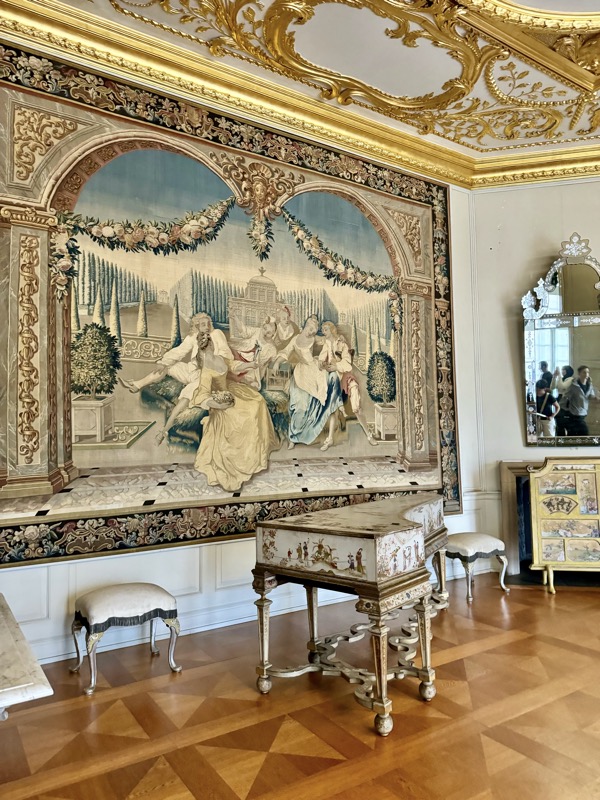
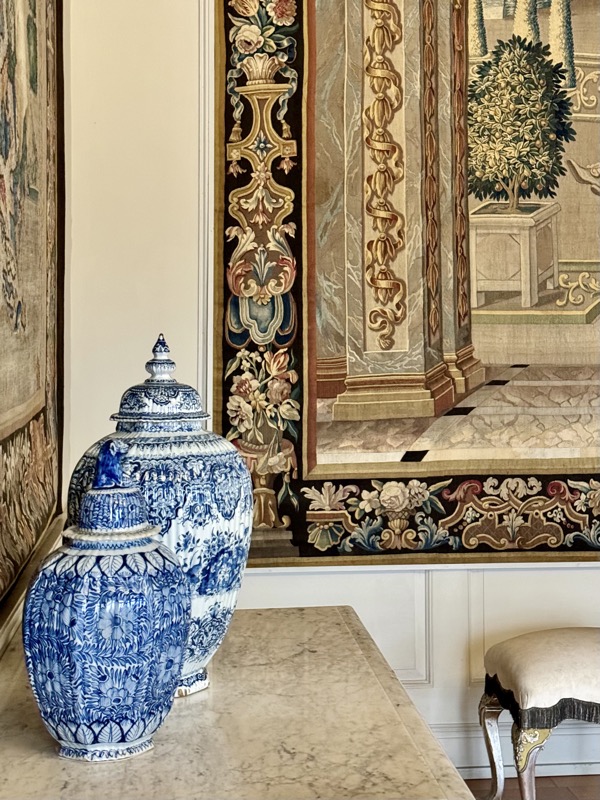
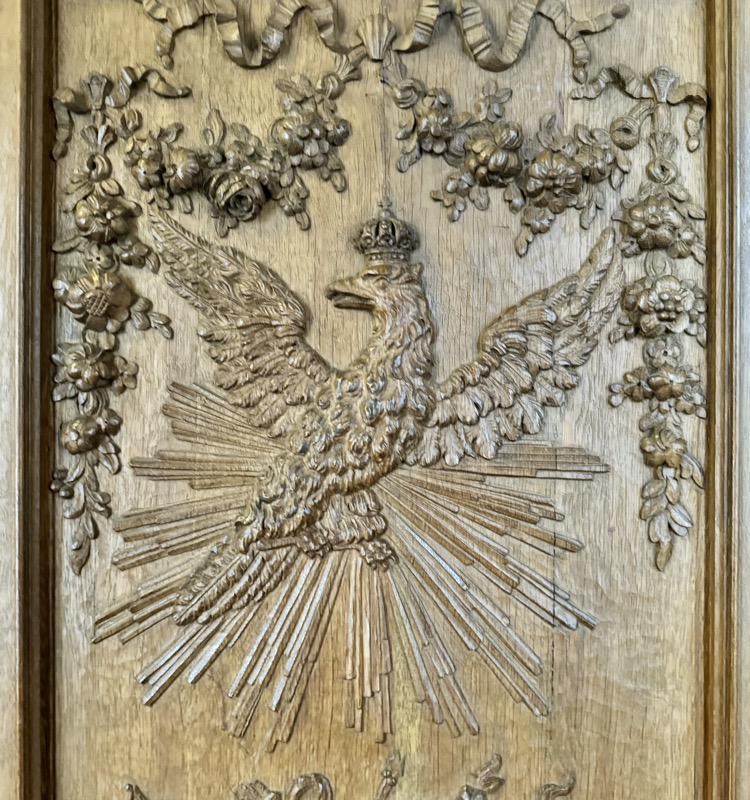
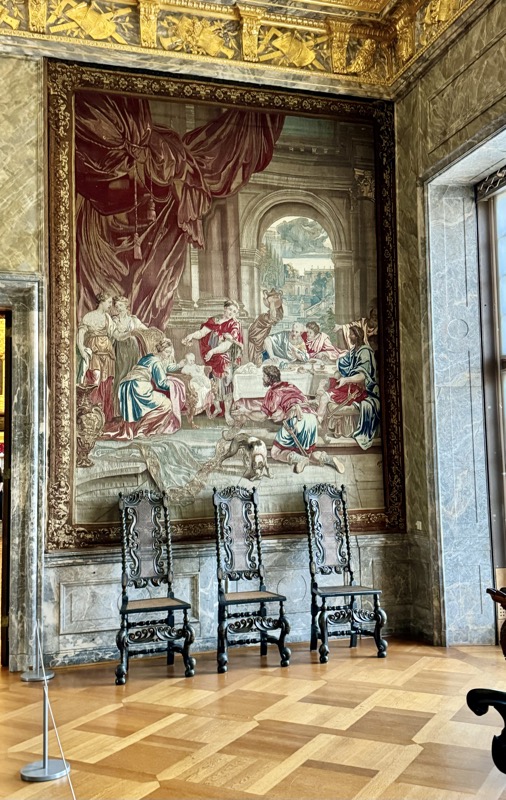
I can’t believe I took this exact same picture (on the right) of the Pegasus in the ceiling without even meaning to…
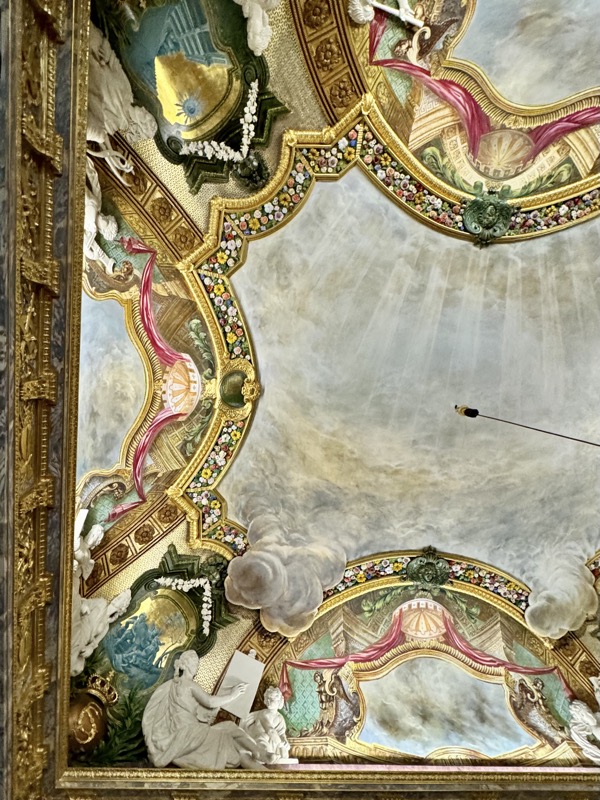
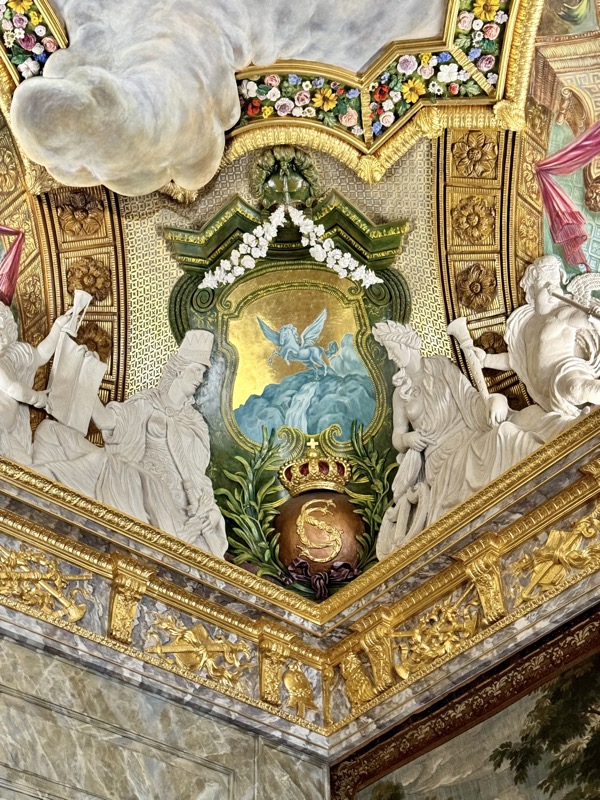
Audience chambers:
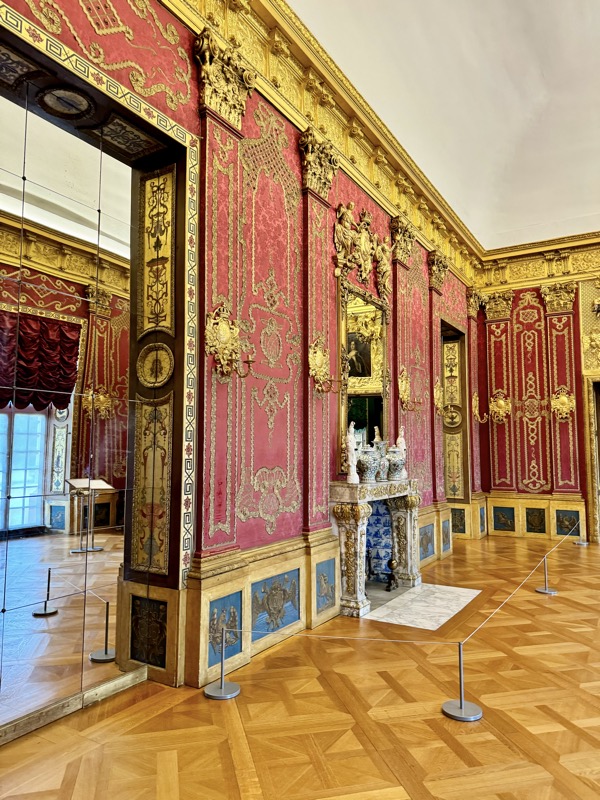
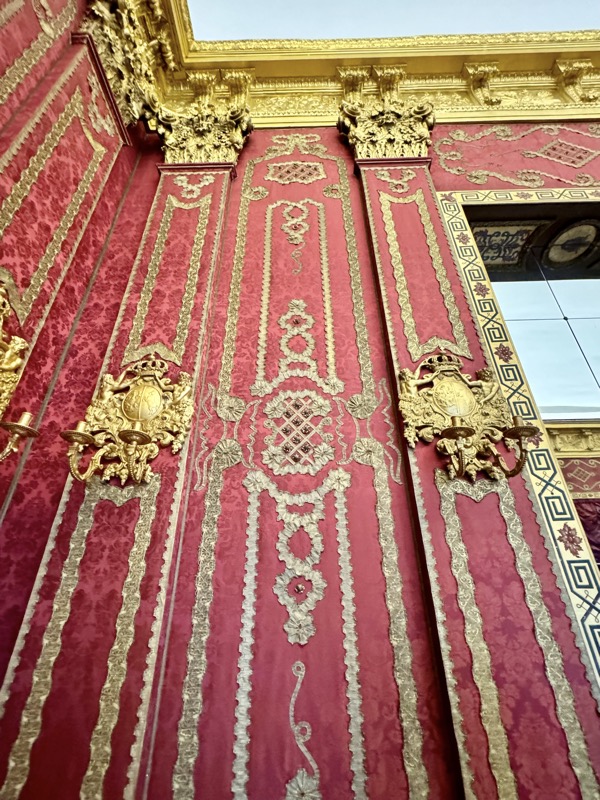
The one original ceiling that survived WWII:
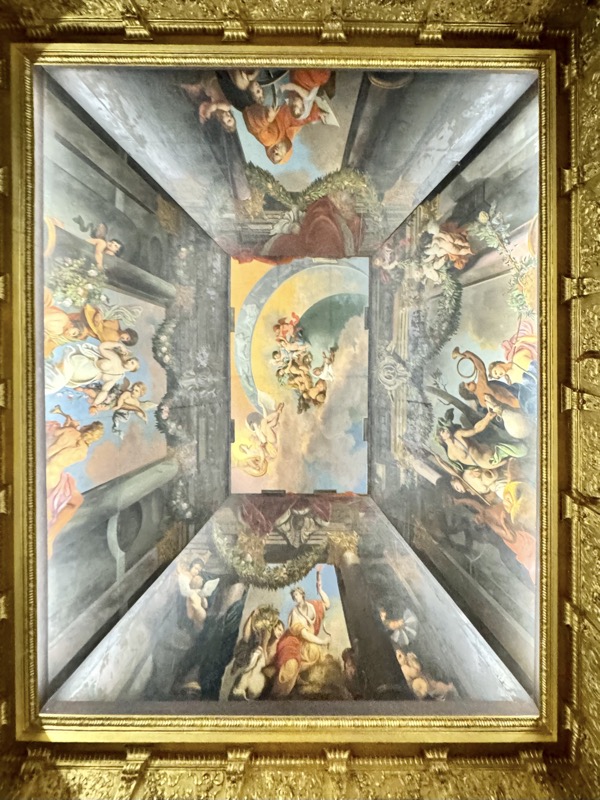
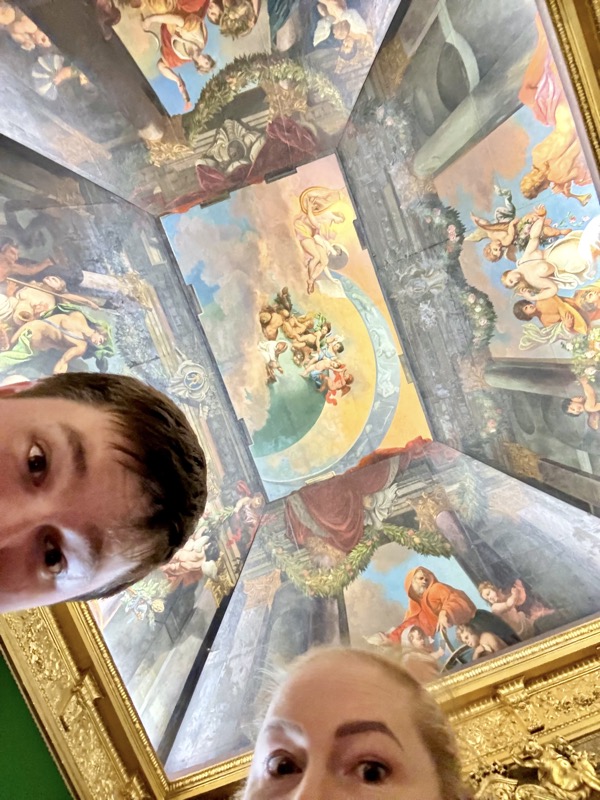
I also took this exact same photo on the left last time too!
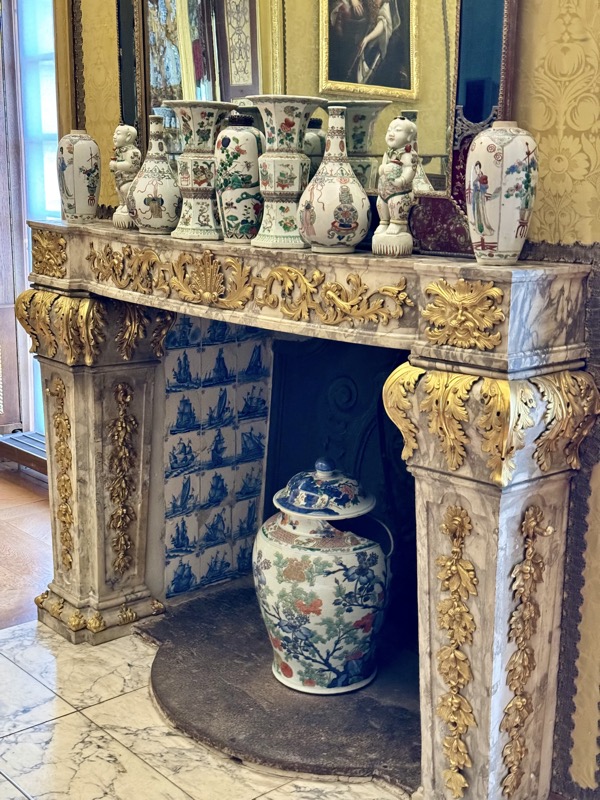
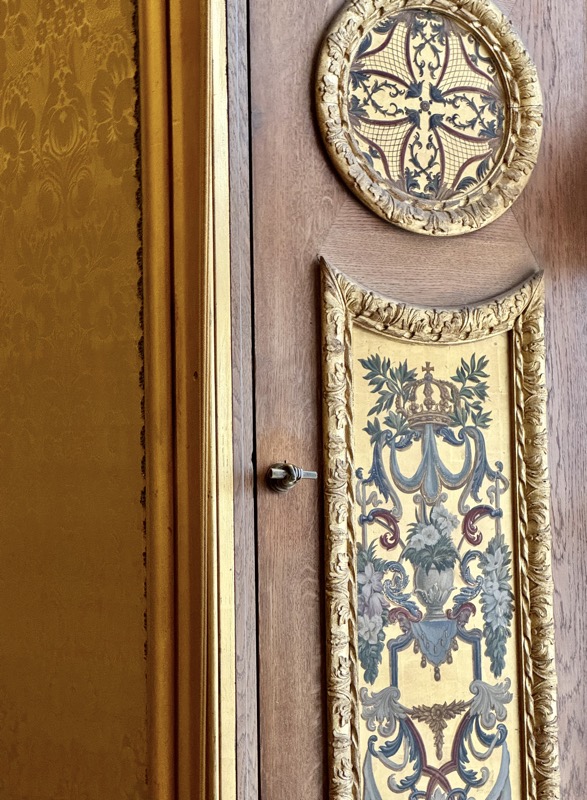
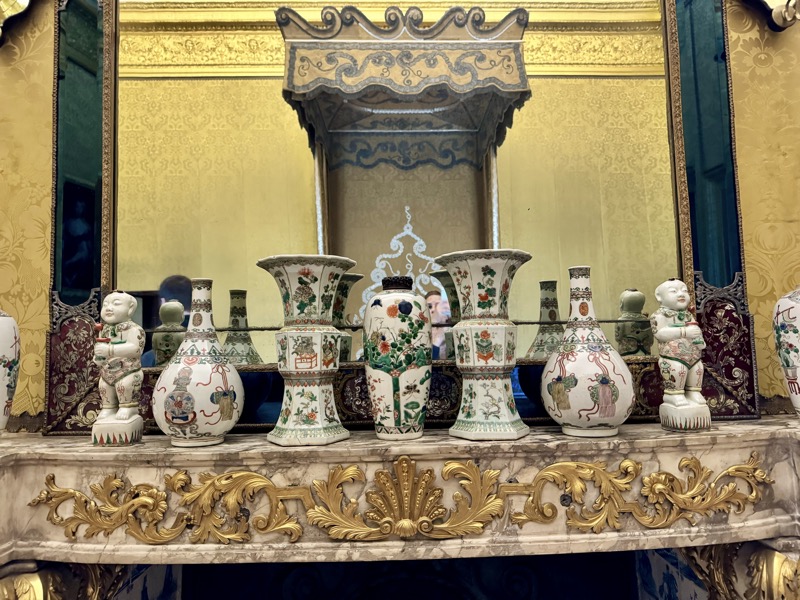
And of course a bunch of pics of the Porcelain Cabinet which is still as much of an assault on the senses as it was last visit.
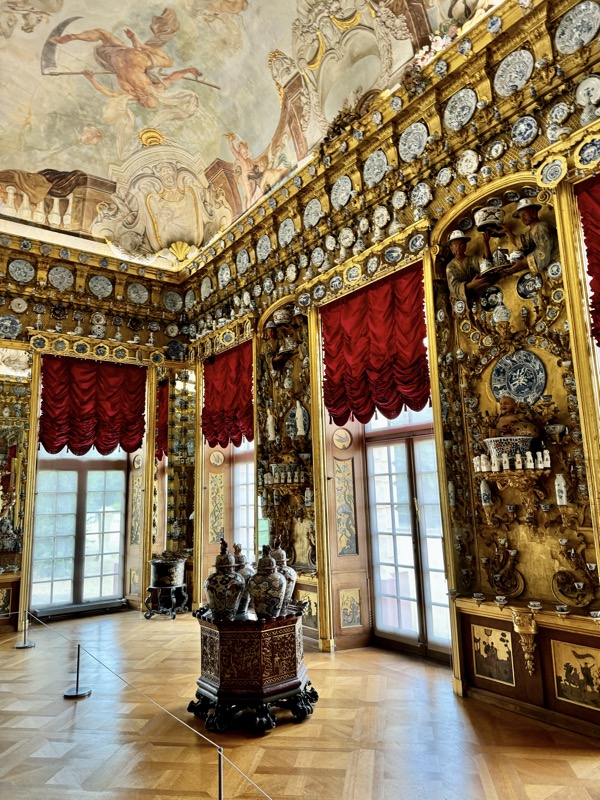
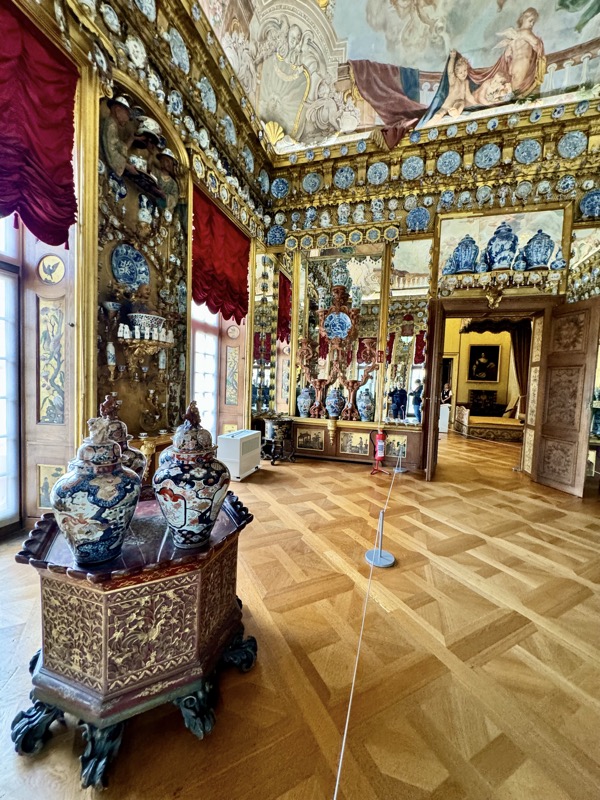
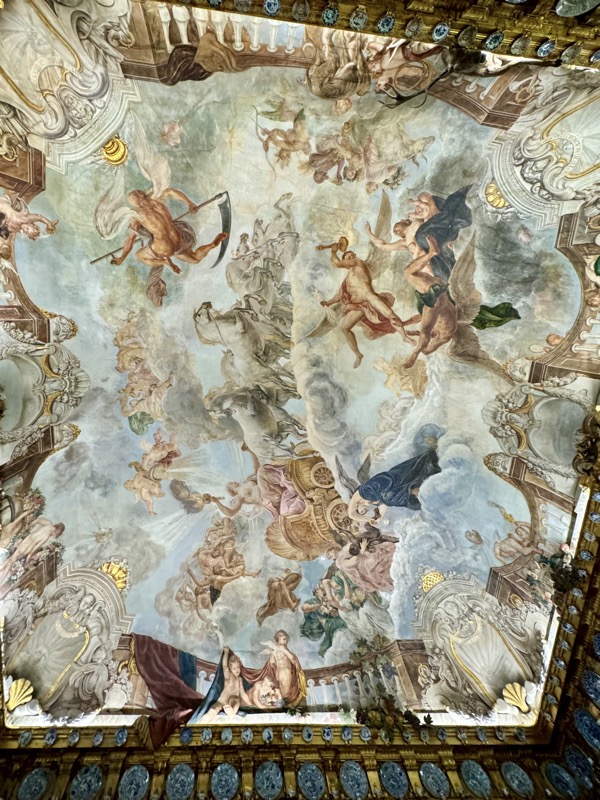
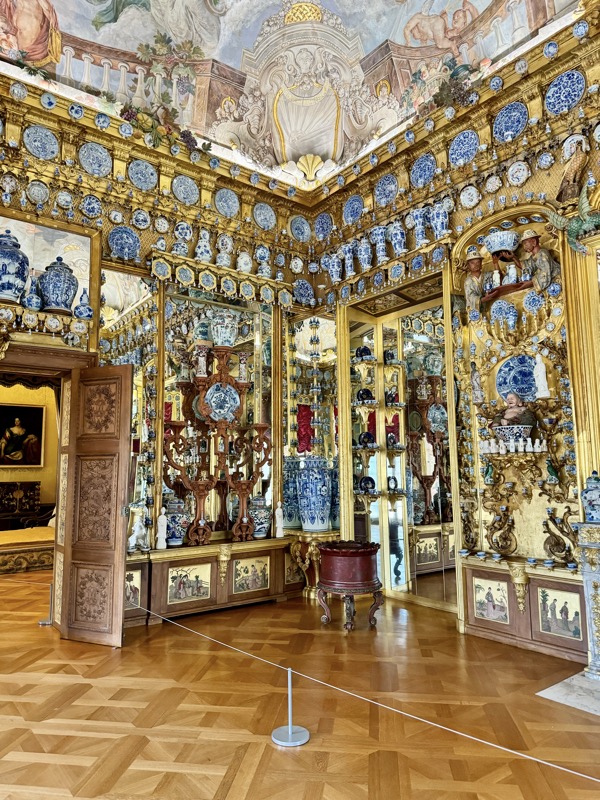
The Royal Chapel:
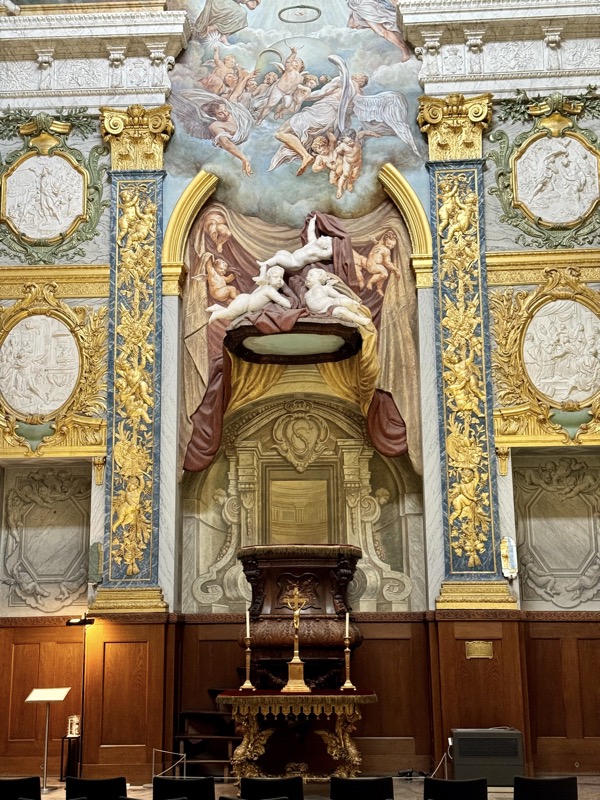
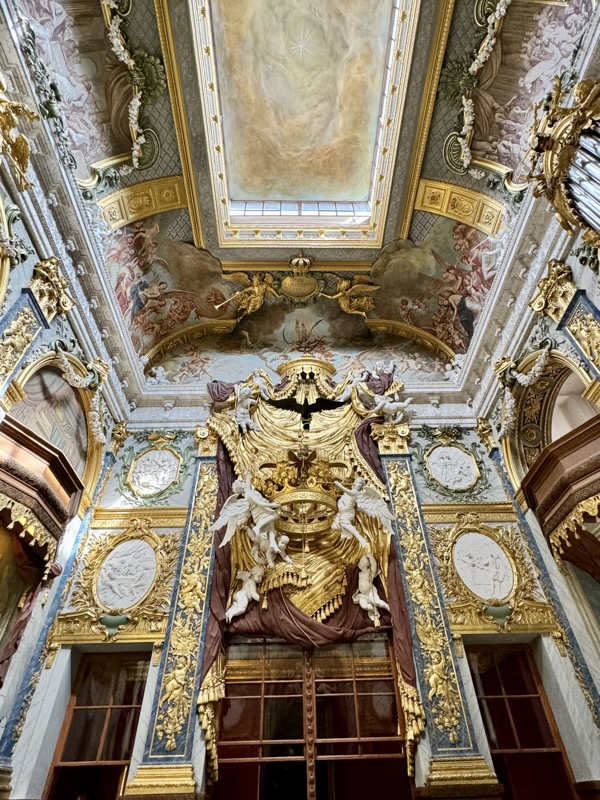
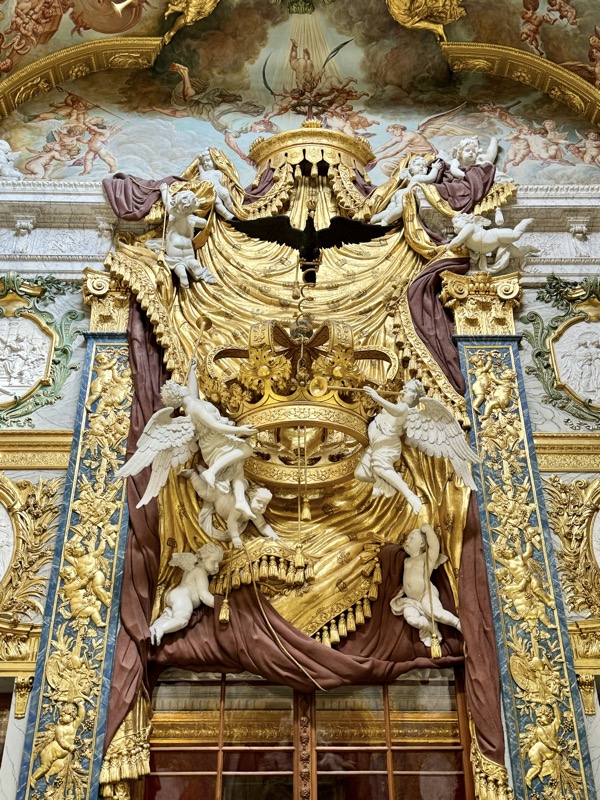

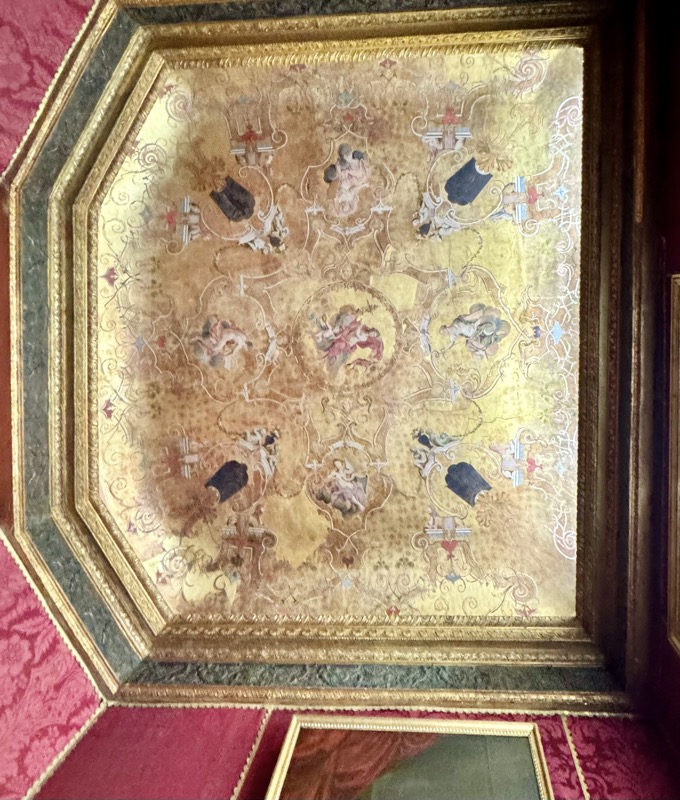
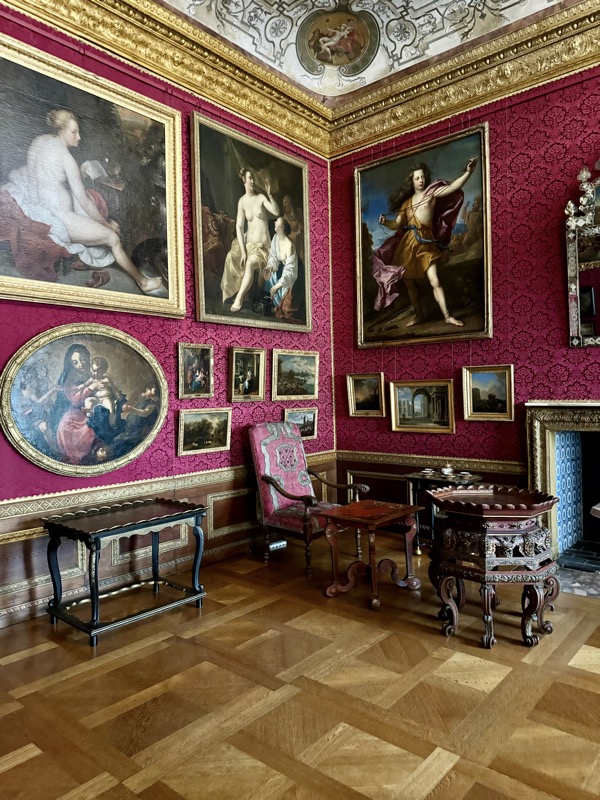
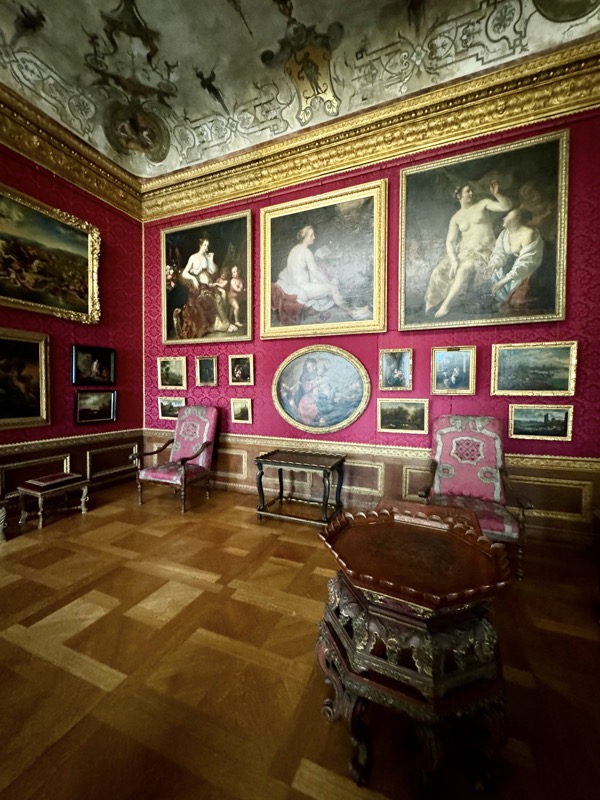
Last visit in 2018, we only managed to see the portion of the Palace as above. Today, we were able to go upstairs and see many more galleries and rooms.
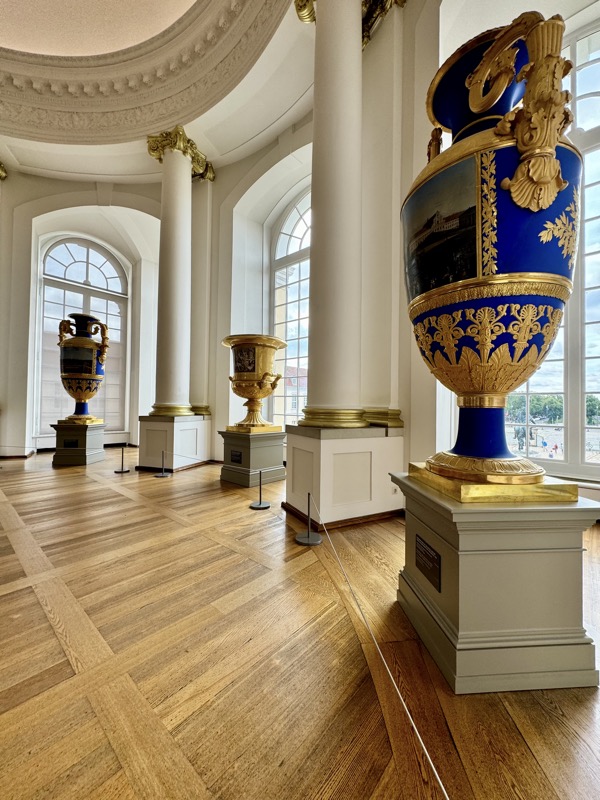
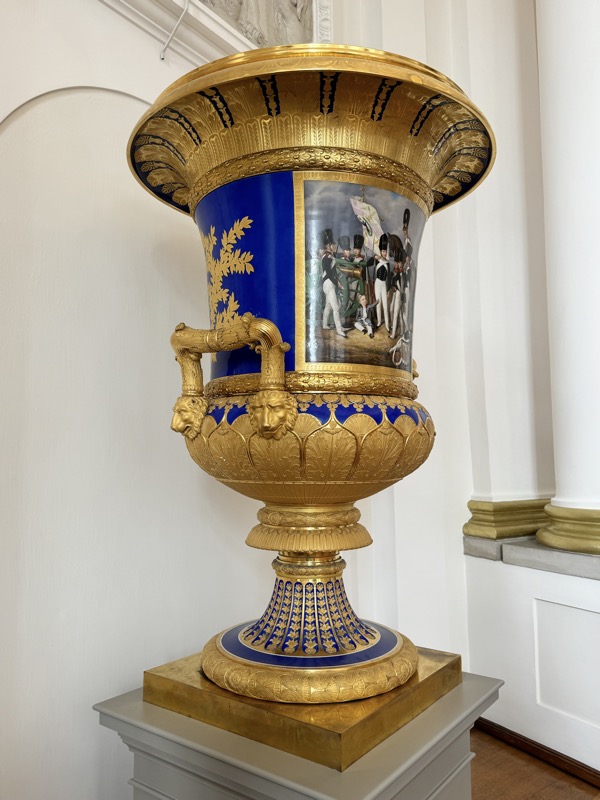
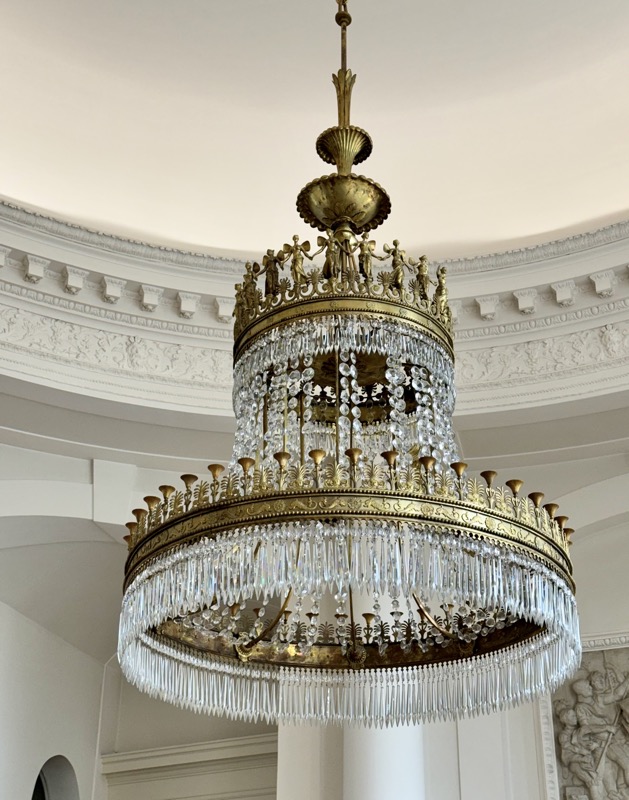
Three portraits of imaginary and actual ancestress of the Hohenzollernss:
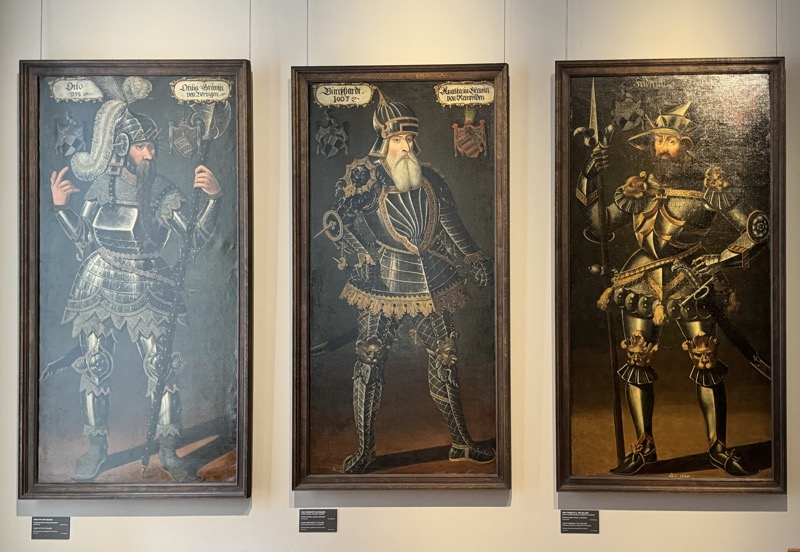
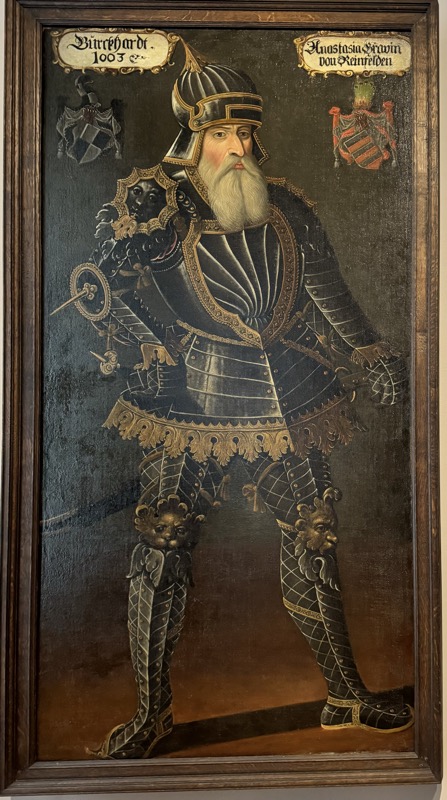

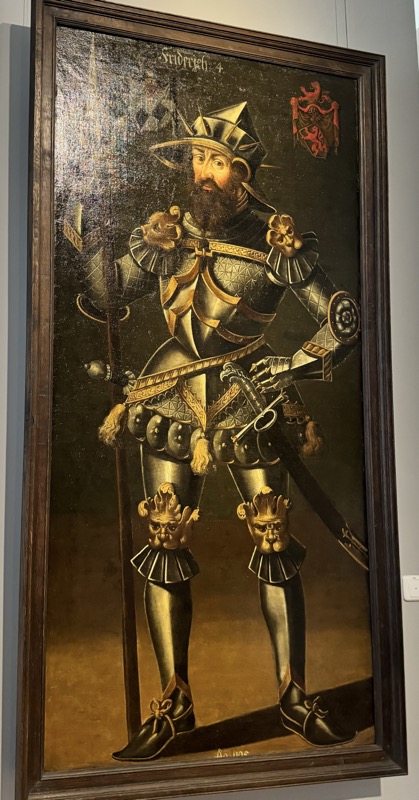
Funeral Helm (Death Helmet) of the Great Elector, Later called the “Helm of the Empire”.
Unknown armourer, Berlin 1688. Copper, hammered, fire gilt.
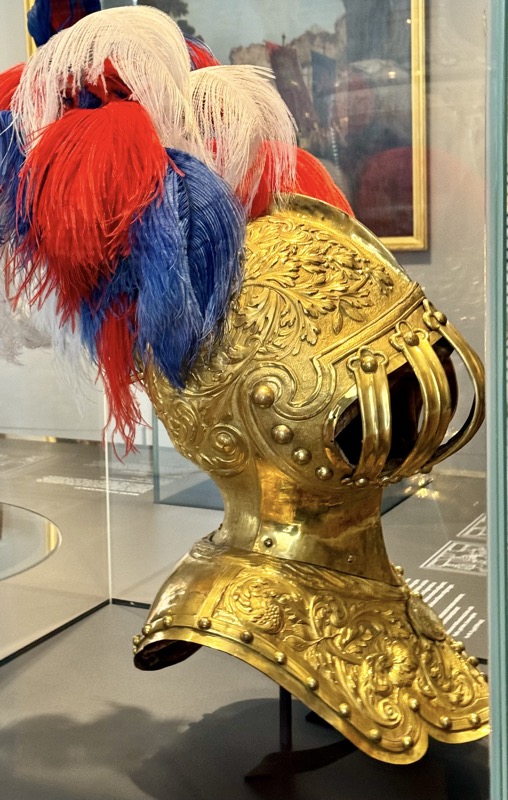
Medallions showing portraits of Duke Albert of Prussia and his consort, Anna Maria of Brunswick.
Jakob Binck, c.1555, silver, partially gilt.
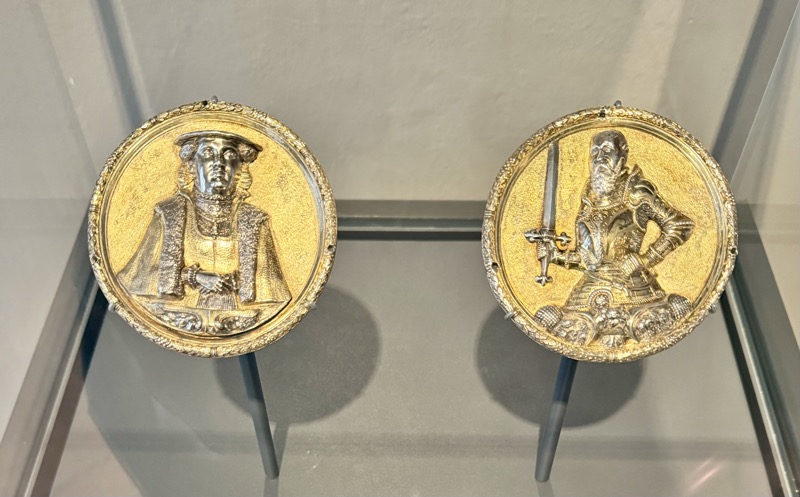
Anna of Prussia, Electress of Brandenburg. Daniel Rose, c.1610. Oil on canvas.
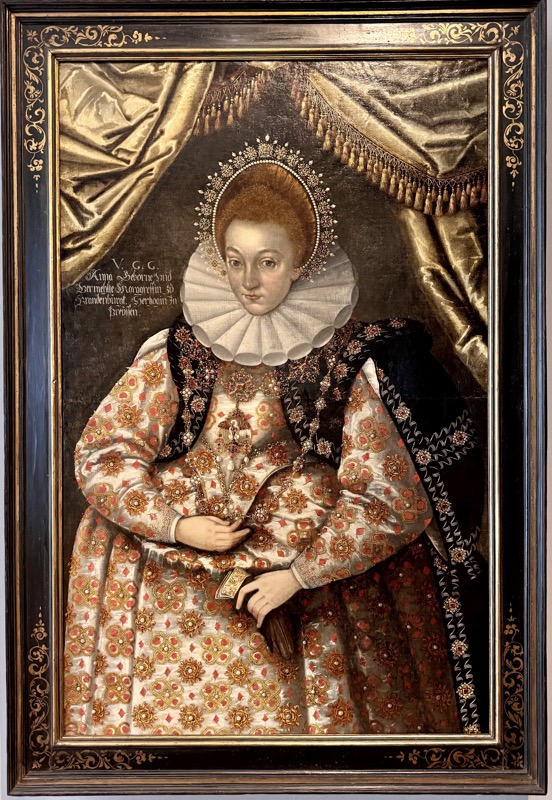
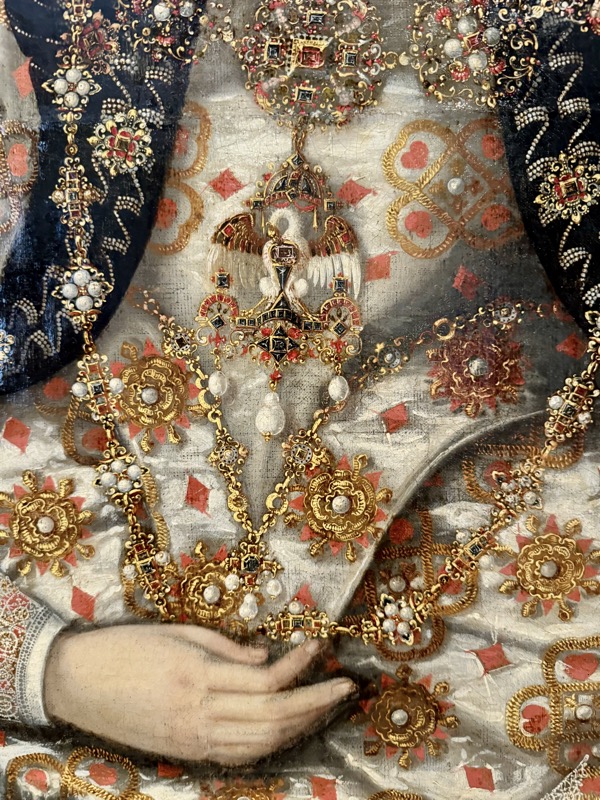
Elector John Sigismund in Electorial Vestements. Unknown artist, c.1612, oil on canvas.
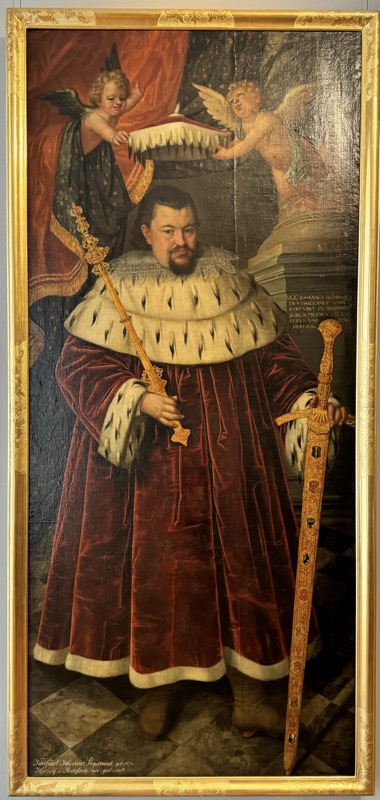
Elector Albrect Achilles, art of the Altar of the Order of the Swan, c.1484. Unknown artist. Oil on canvas.
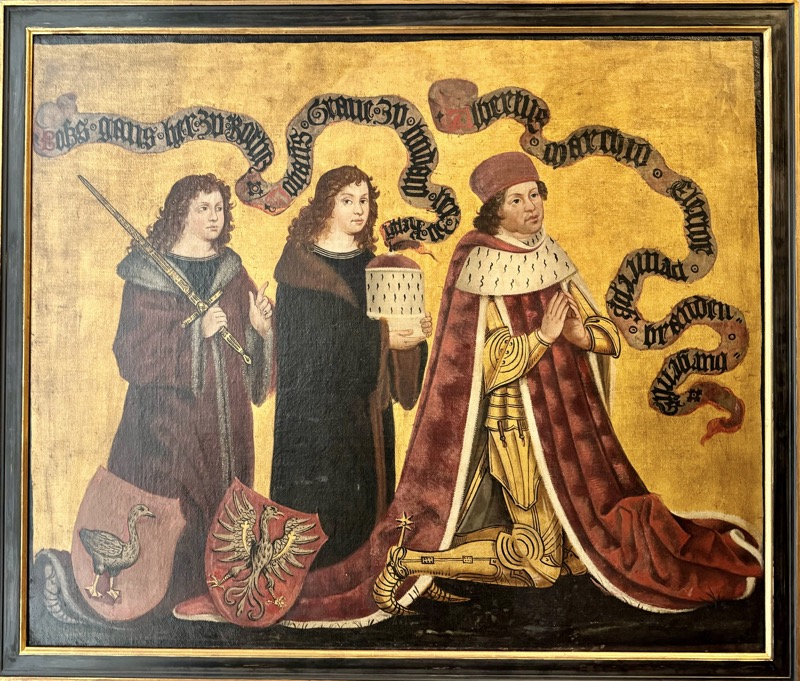
LEFT: Crown of the Queen, unknown goldsmith, Berlin, c.1700. Gold, hammered, chased and enamel.
CENTRE: Imperial Seal, Samuel Stall, c.1700. Iron, silver and gilt.
RIGHT: Imperial Orb, Unknown goldsmith, Berlin, c.1700. Gold, enameled, diamonds, rubies, garnets.
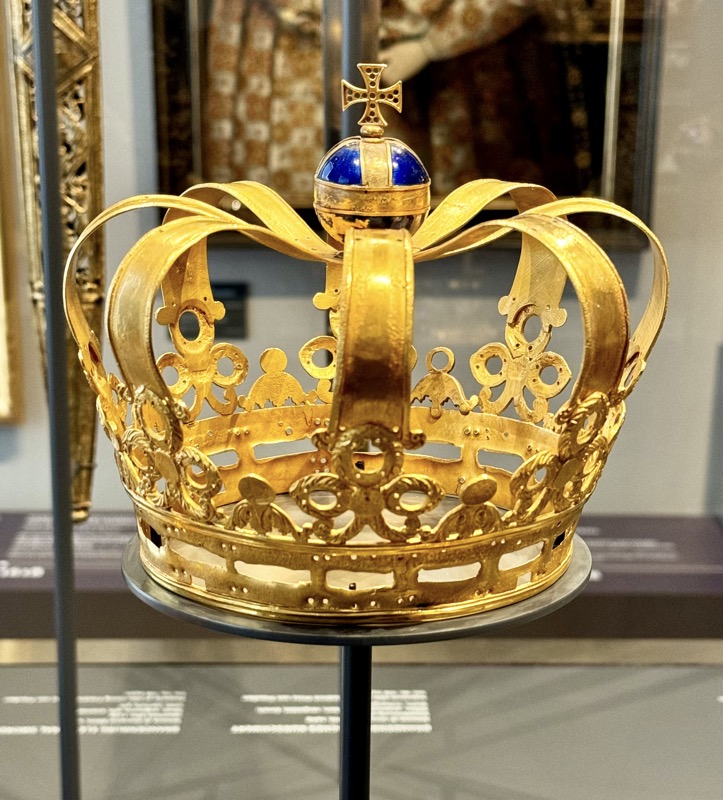
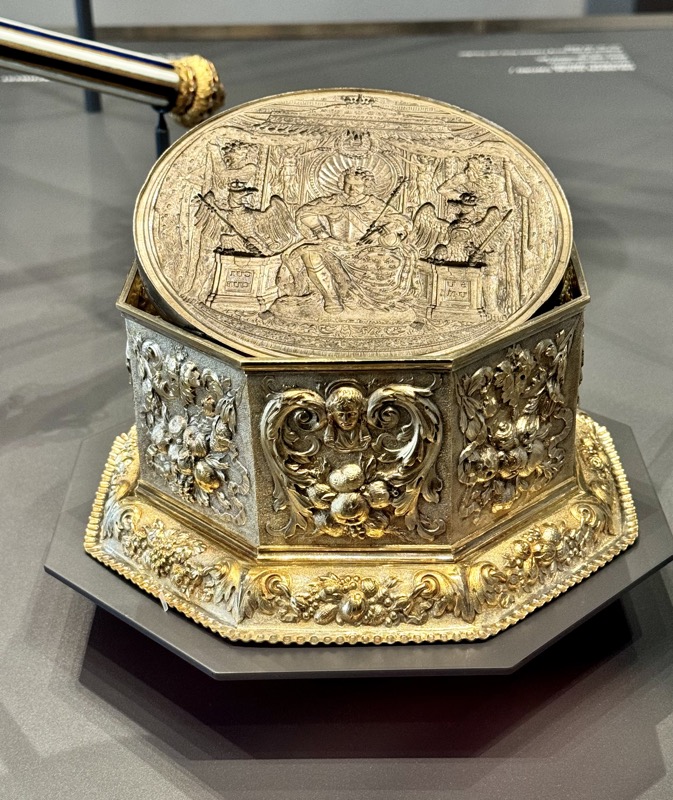
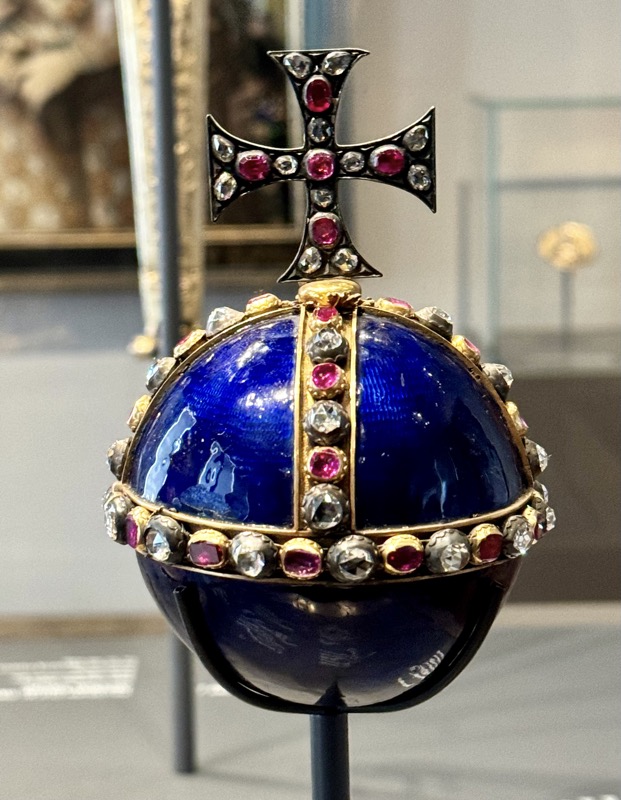
Crown wooden storage box, c.1700. Timber and painted.
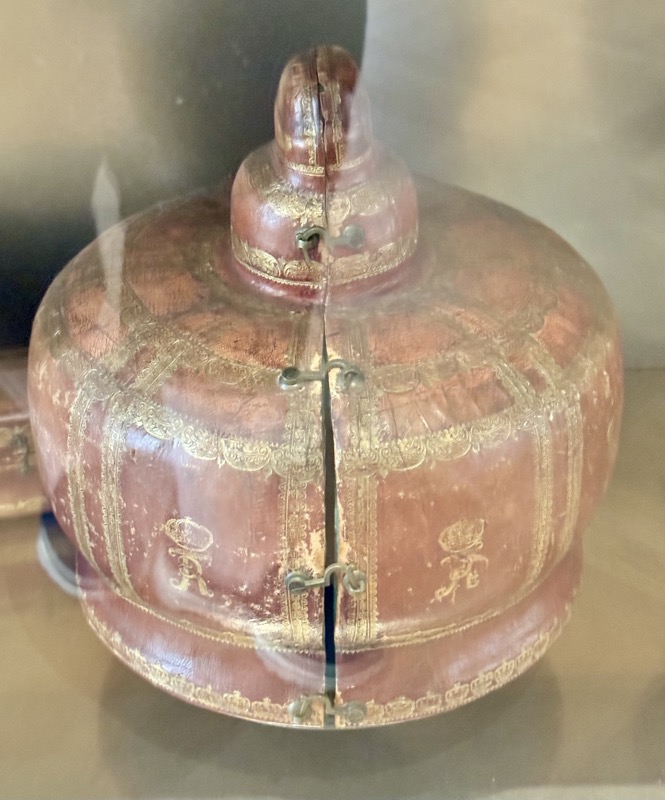
Imperial Scepter. Unknown goldsmith.
Berlin, c.1700, gold, silver, partially enamele, diamonds, rubies, garnets.
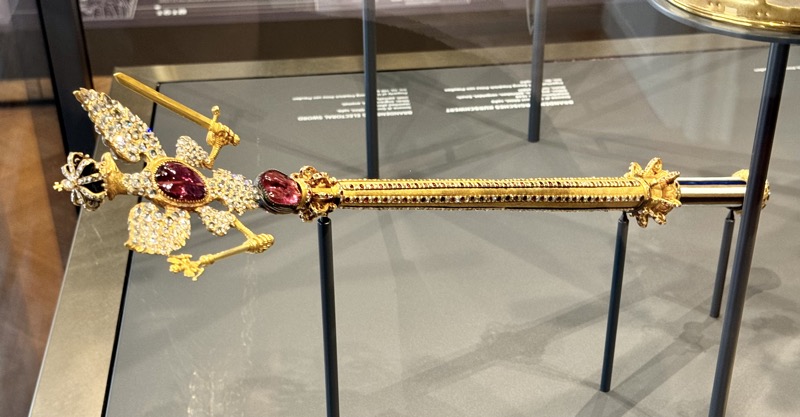
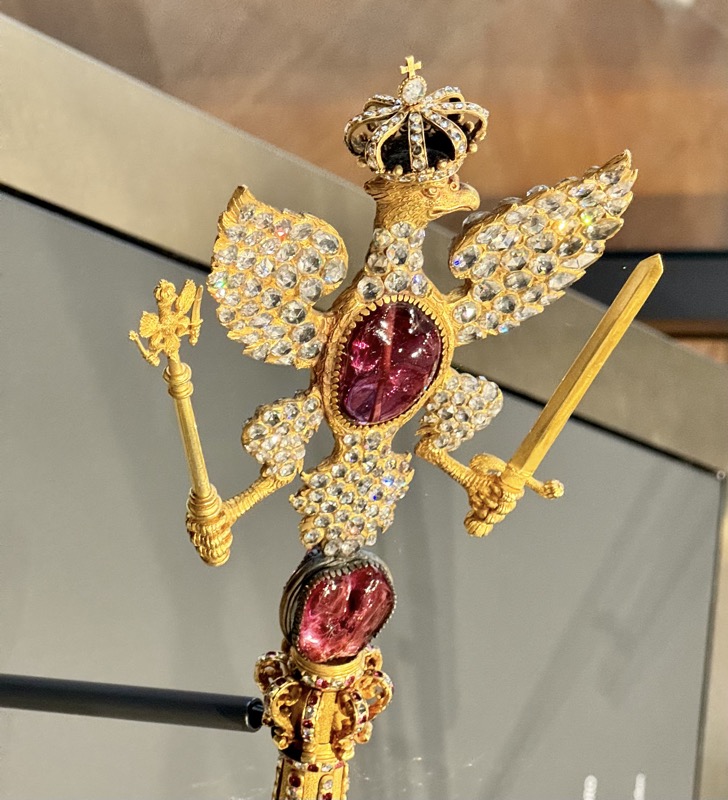
Brandenburg Electoral Sword. Simone do Giovanni Ghini, c.1469, reworked in 1539.
Silver, engraved, gilt, enamel; partly steel, partially gilted.
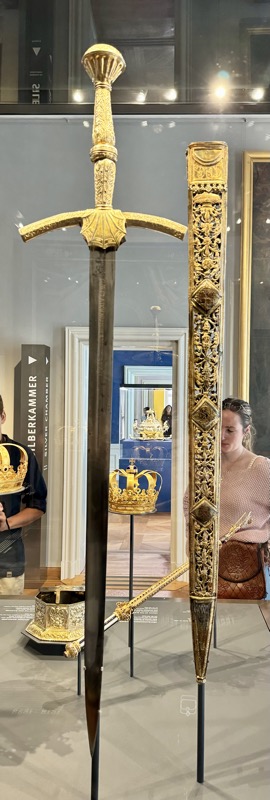
Then, there was examples of the nearly 8 tonnes of silverware that Frederick I accumulated in the 1730s. So much of it and so little description of any of it. Mostly elaborate food service objects and table centrepieces – while wandering through all these cabinets of silverware, all I could think about is the poor schmucks whose jobs it would have been to, 1) keep track of it all to make sure none of it went wandering, 2) manage the team of underlings who were no doubt responsible for polishing it so it didn’t tarnish and 3) deciding which pieces were going to be used on the table each time the family sat for a meal! It’s bad enough deciding what to cook for dinner let alone laying an elaborate table every bloody meal.
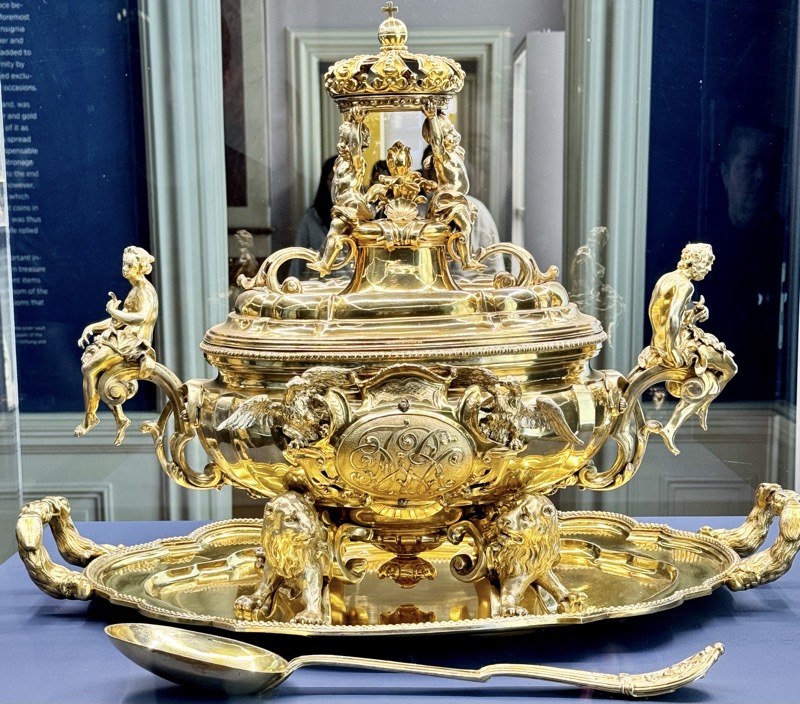
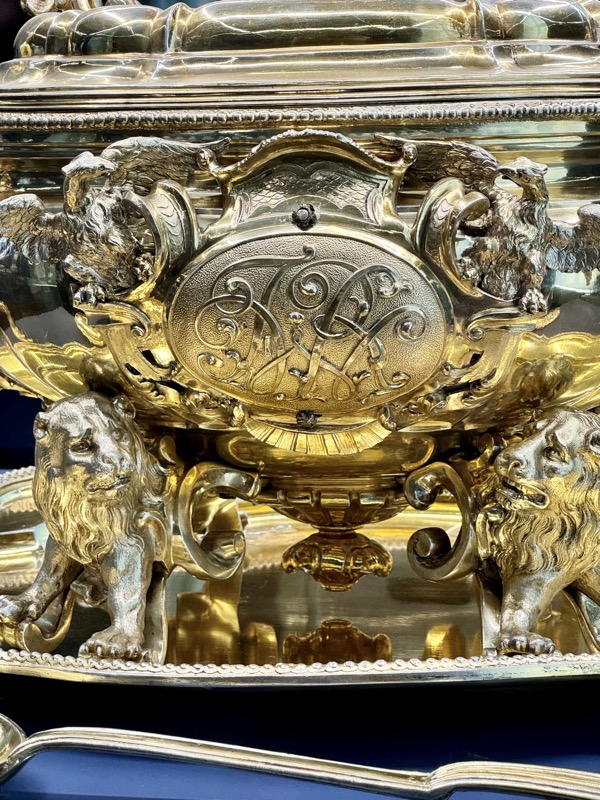

So much shiny silverware! And yet, this represents only a fraction of what there was at one point – Frederick the Great and his predecessors used their fantastical table settings as a disturbingly opulent display of wealth and of course power. But they also kinda treated it like portable wealth – and twice melted down most of the royal silver to fund wars: The Second Silesian War (1744-1745) and the the Seven Years’ War (1756-1763). Each time the wars went and peace returned, he would commission replacement gold and silver table services!
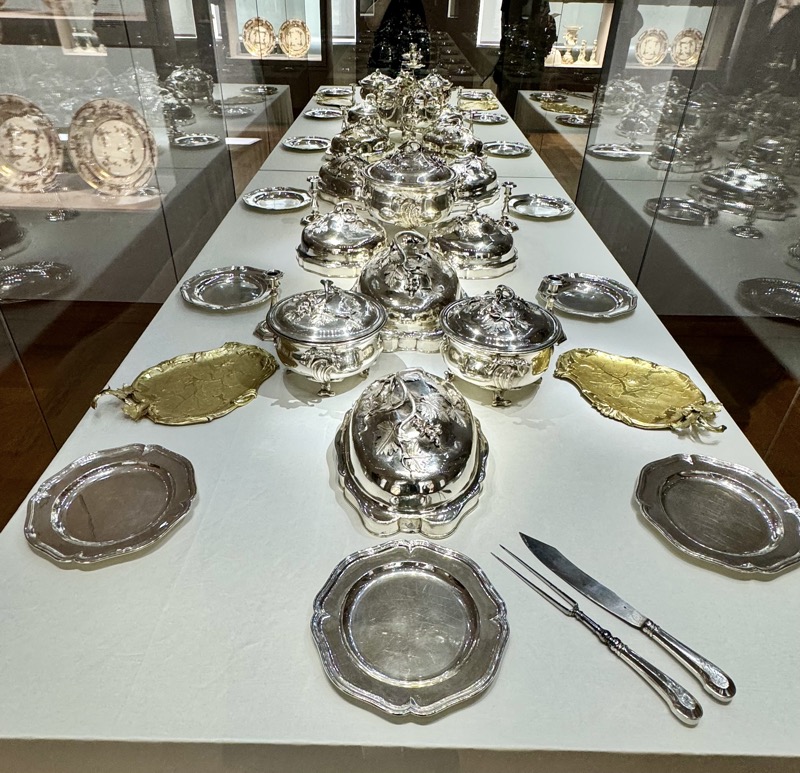
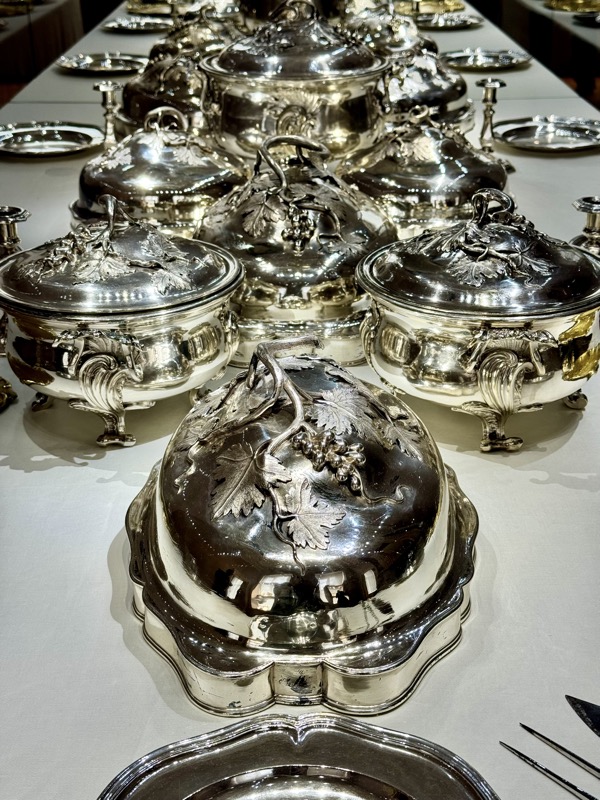
I think these tall columns decked with angels connected with wreaths were probably centrepieces – and front he look of them, likely used at Christmas time with fresh cut greenery. No information on a lot of these pieces though.
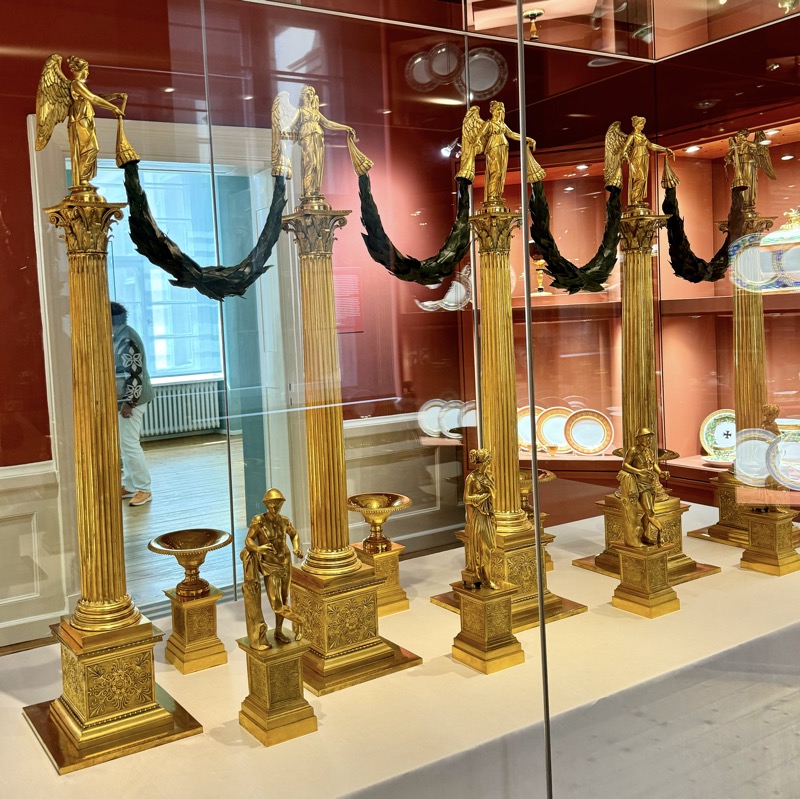
Snuff Boxes collected by Frederick The Great: In the 18thC Frederick II collected richly ornamented snuffboxes with trims of precious gemstones, and made of solid stone, or precious metals. The accounts of the King how he commissioned over 200 snuff boxes, and always kept them close on hand on tables, in boxes or in cabinets at royal palaces. Made variously from red jasper, agate, gold, silver, diamonds, enamel, glass, gauche, watercolour, ivory, and other semi-precious stones and materials.
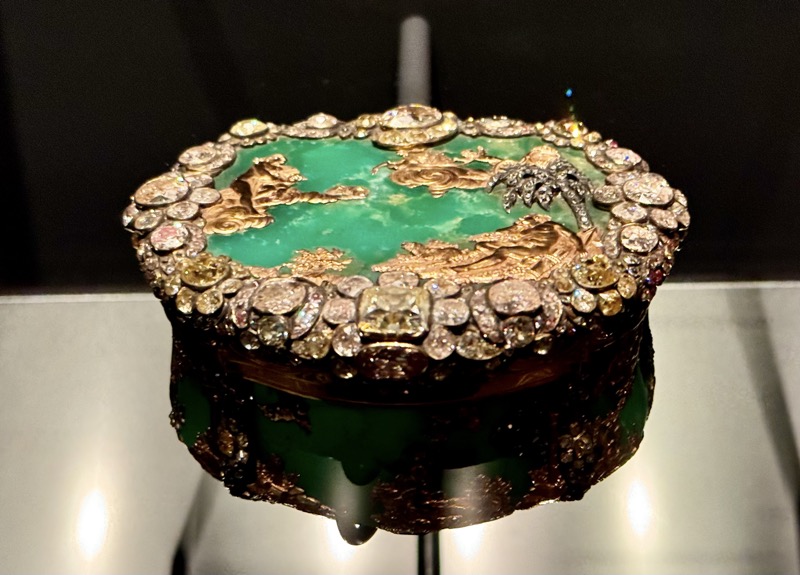
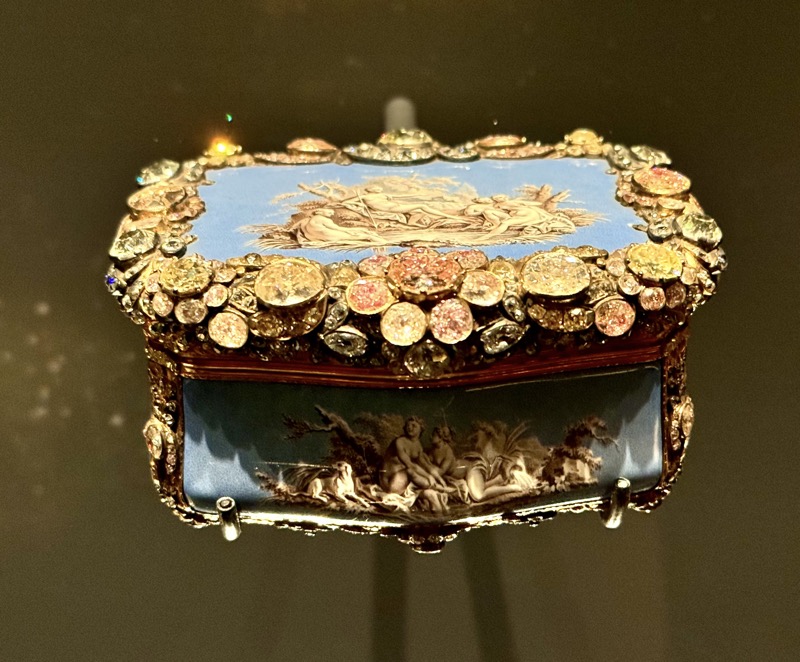
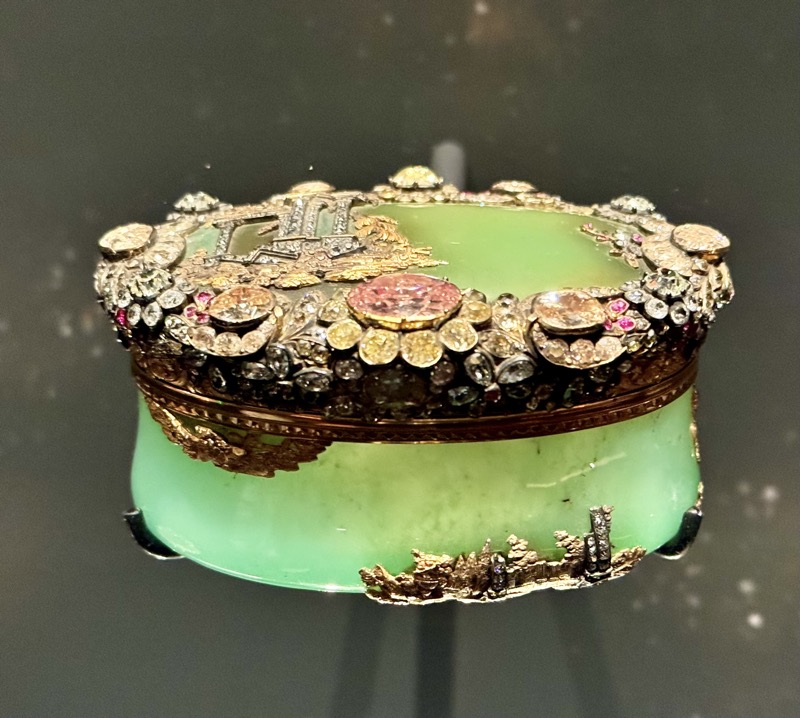
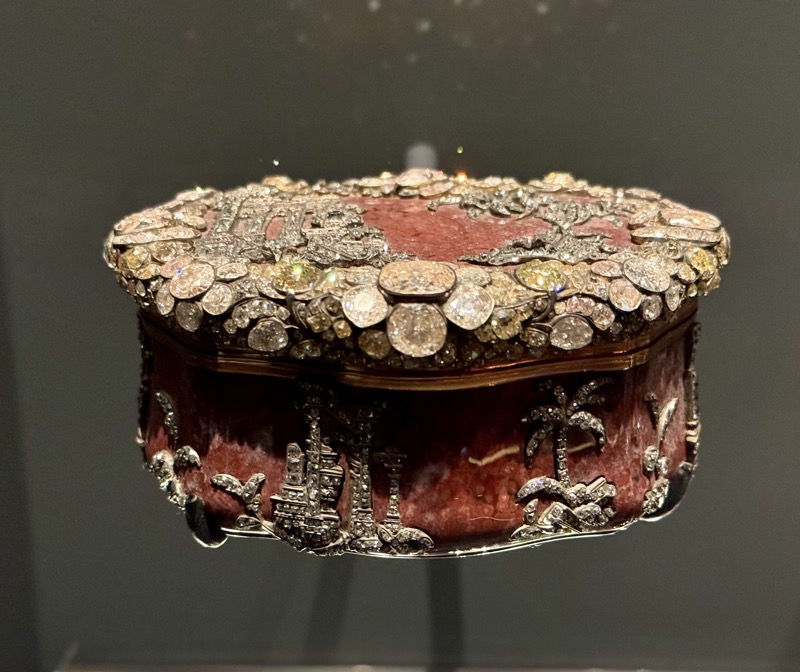
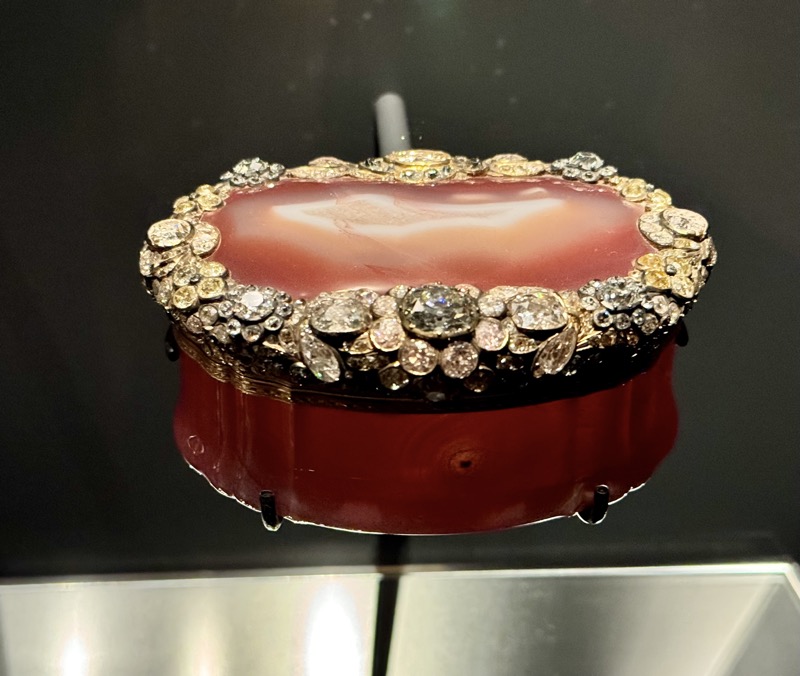
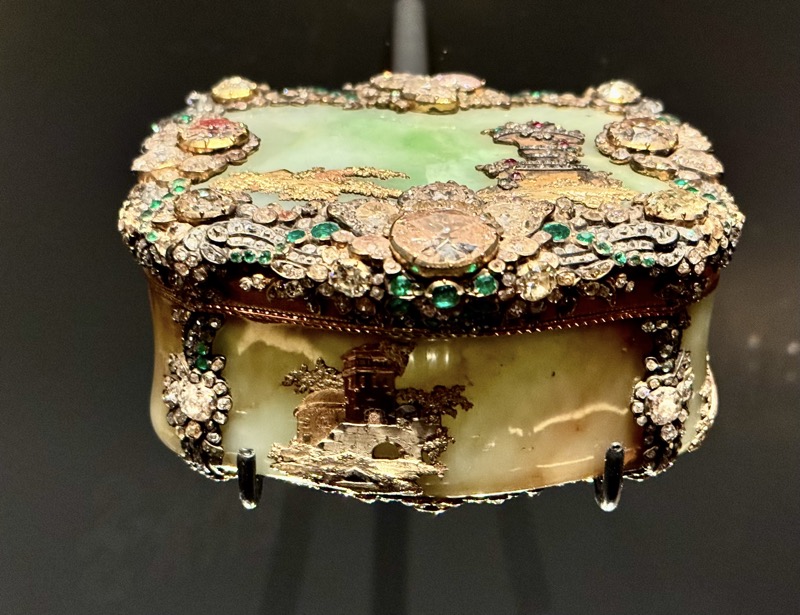
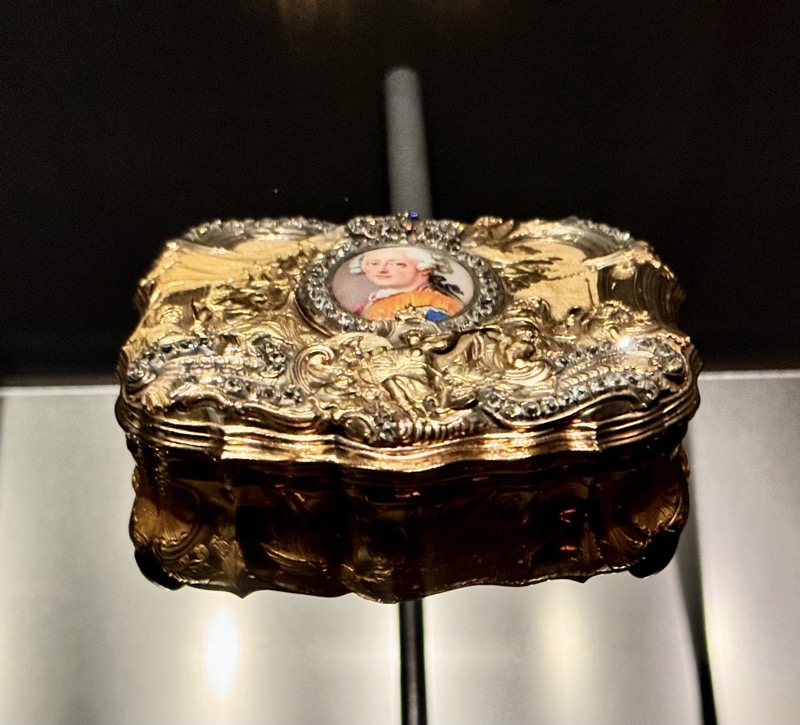
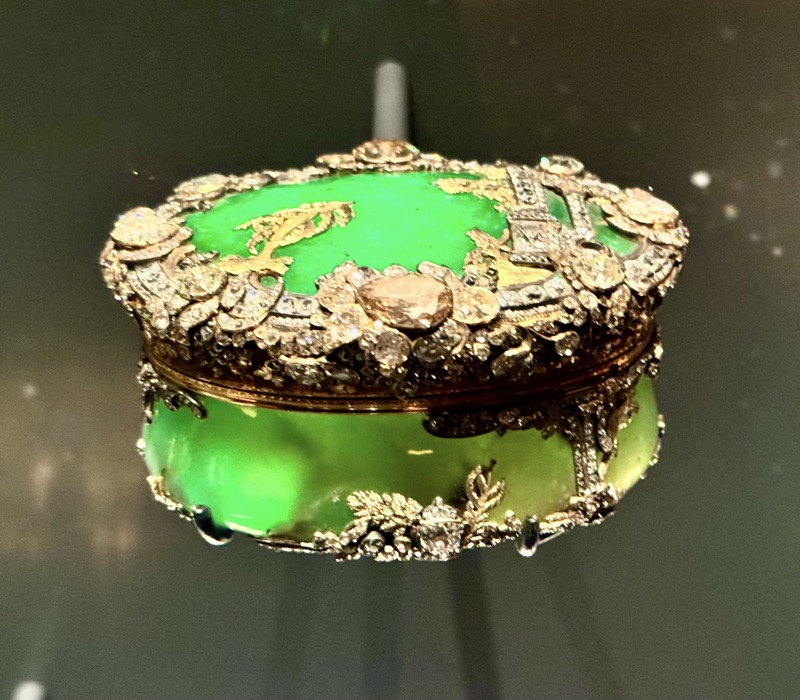
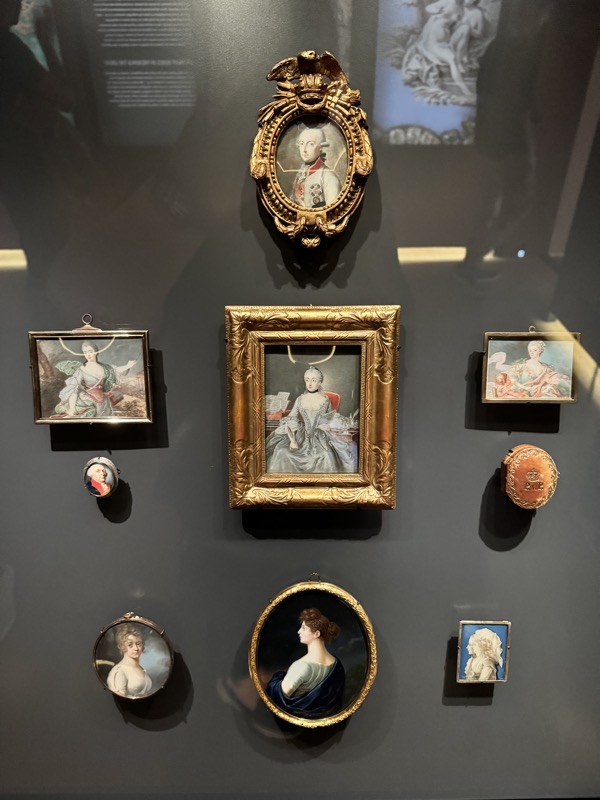

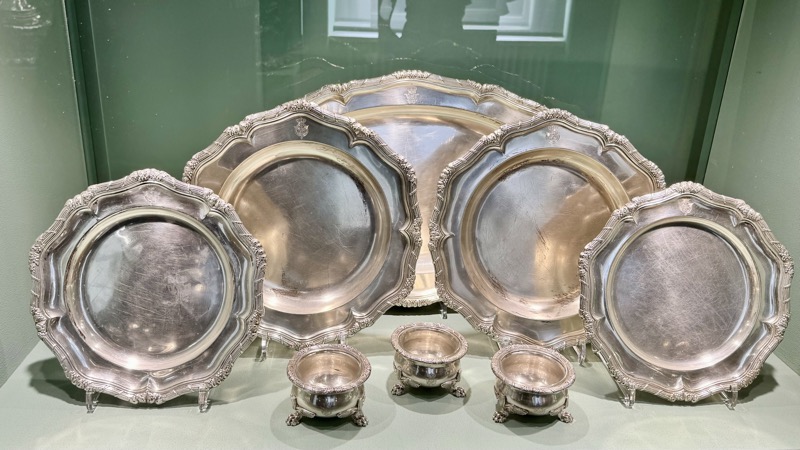
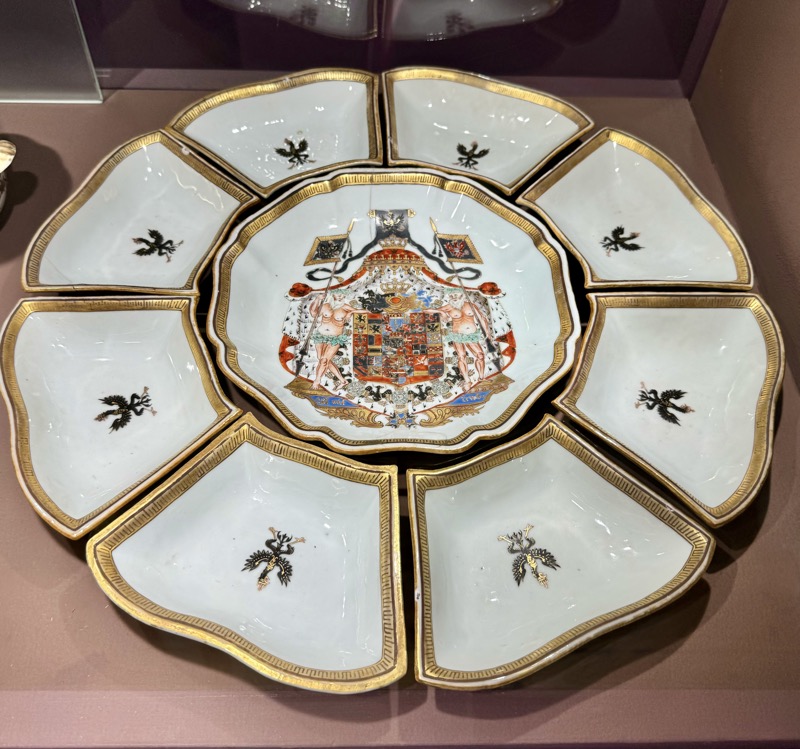
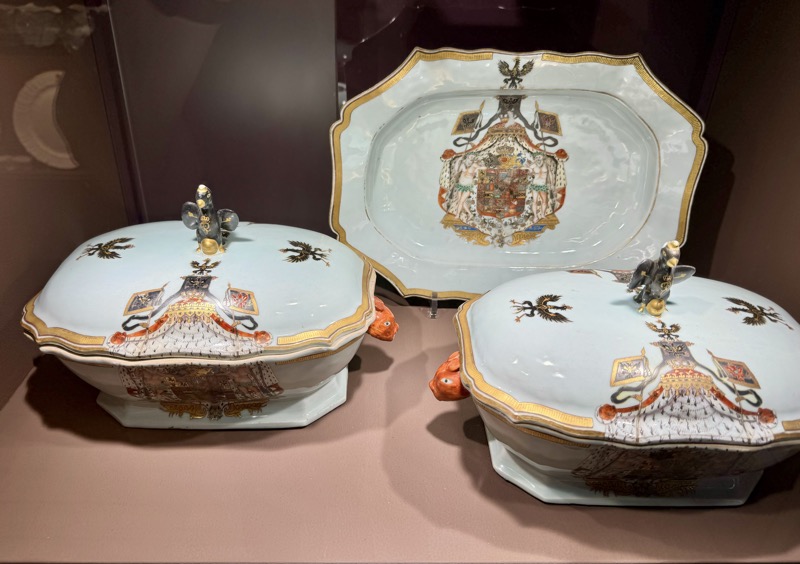
Centrepiece in the shape of an ornamental beaker, is part of the vast store of silverware presented to Prince Wilhelm and Augusta Victoria (1858-1921) by Prussian towns and provinces on their wedding in 1881. This beaker is far more Renaissance in style than Baroque.
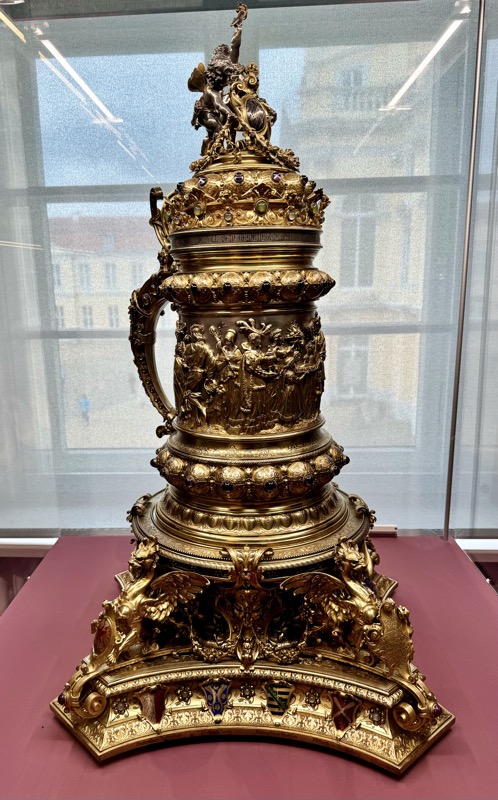
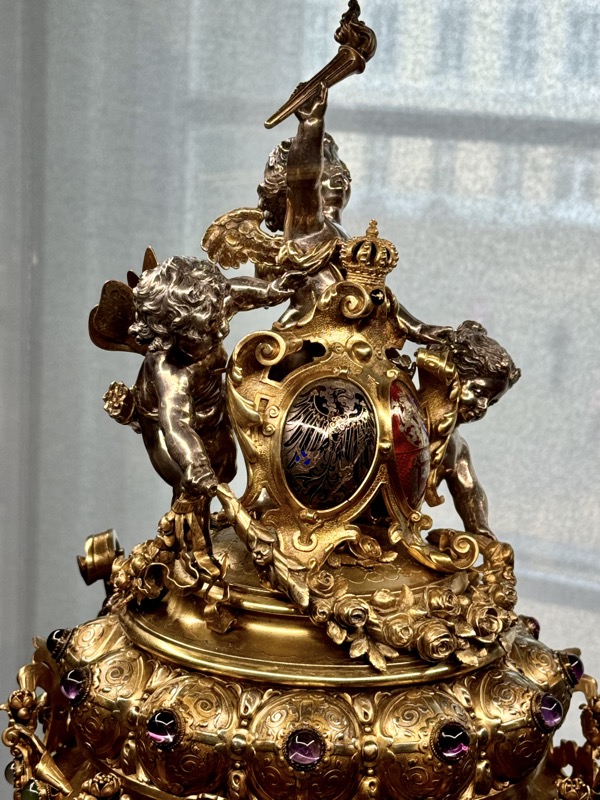
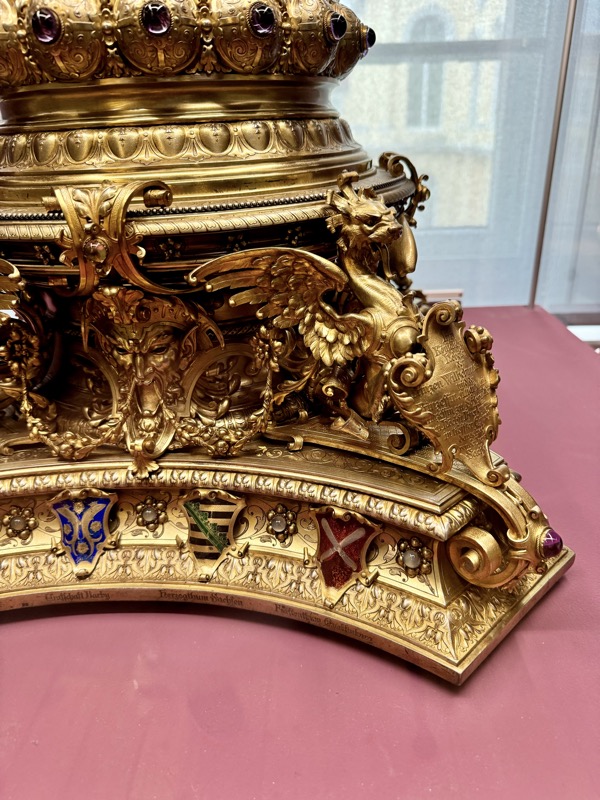
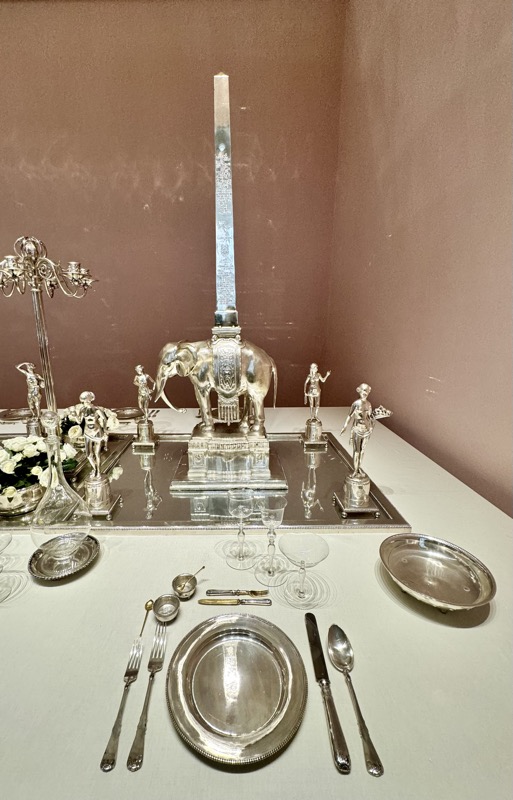
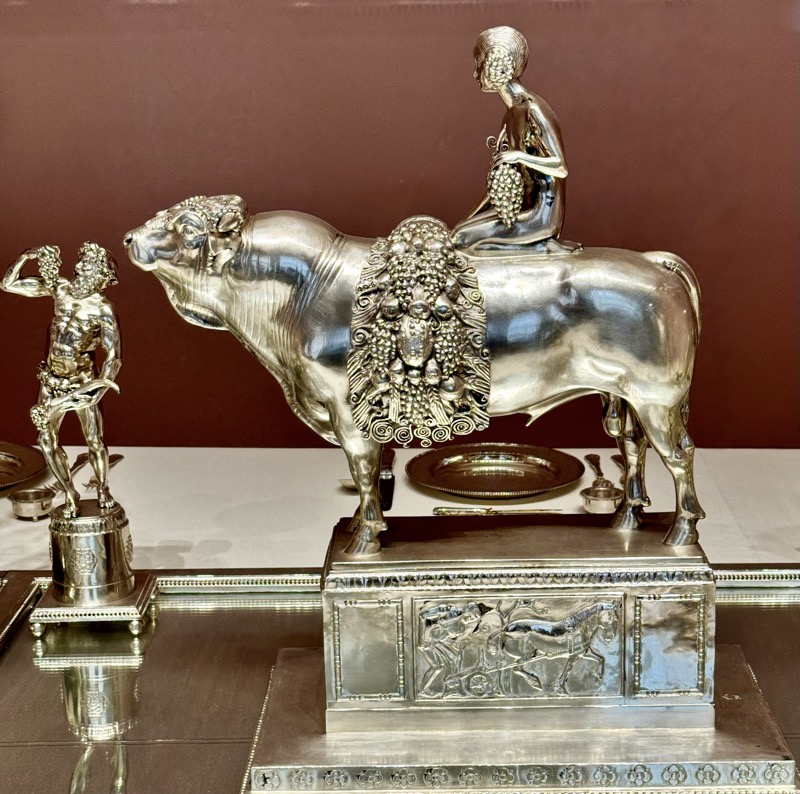
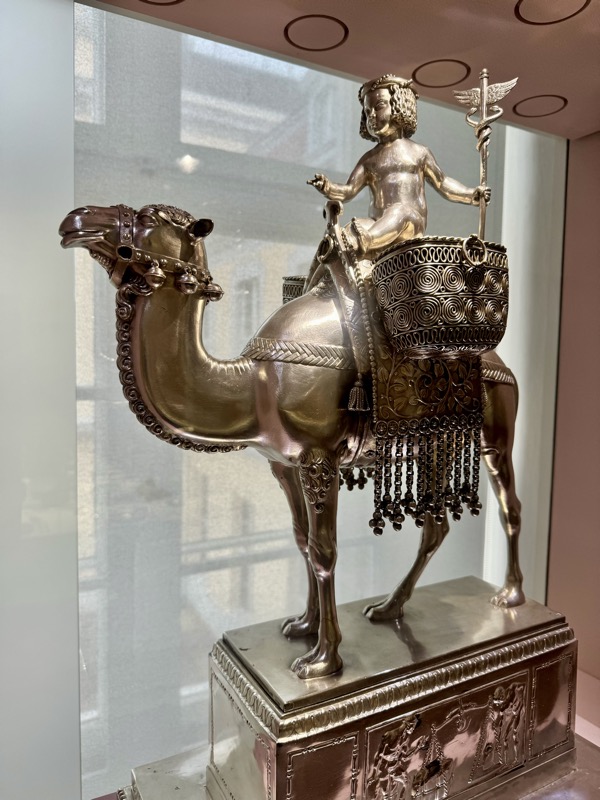
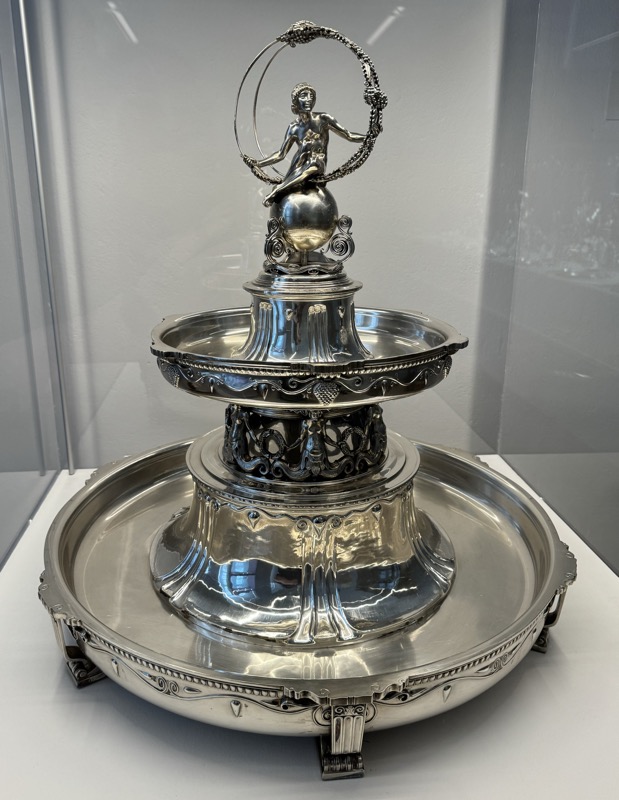
The beautiful view from the upstairs salon down across the gardens.
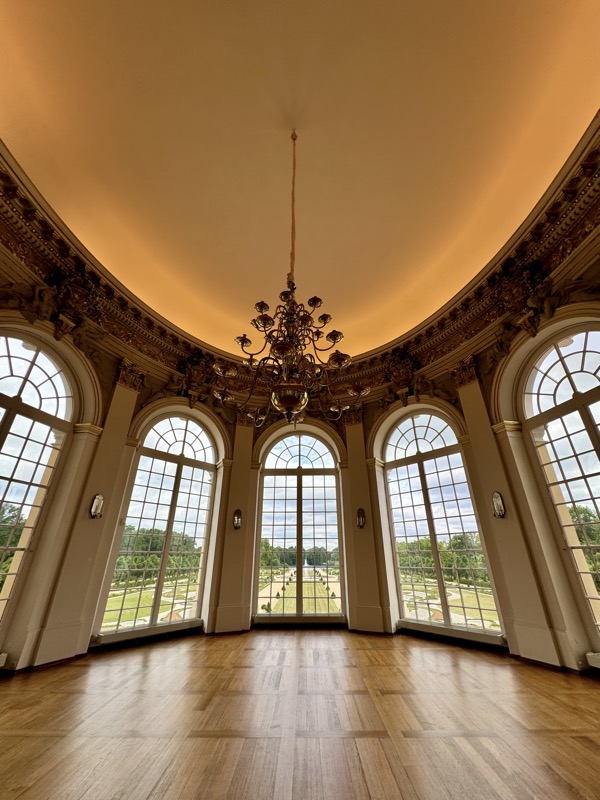

We did manage to take a short walk around the gardens before the weather rolled in.
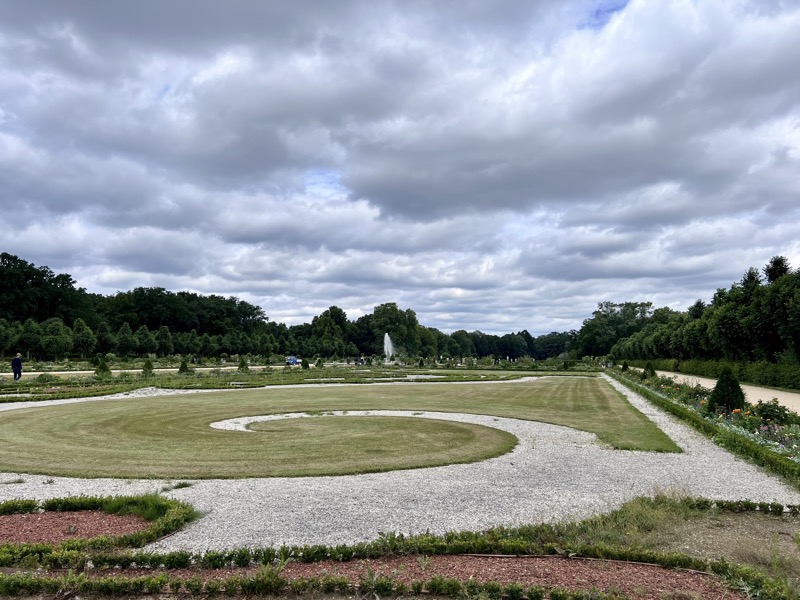
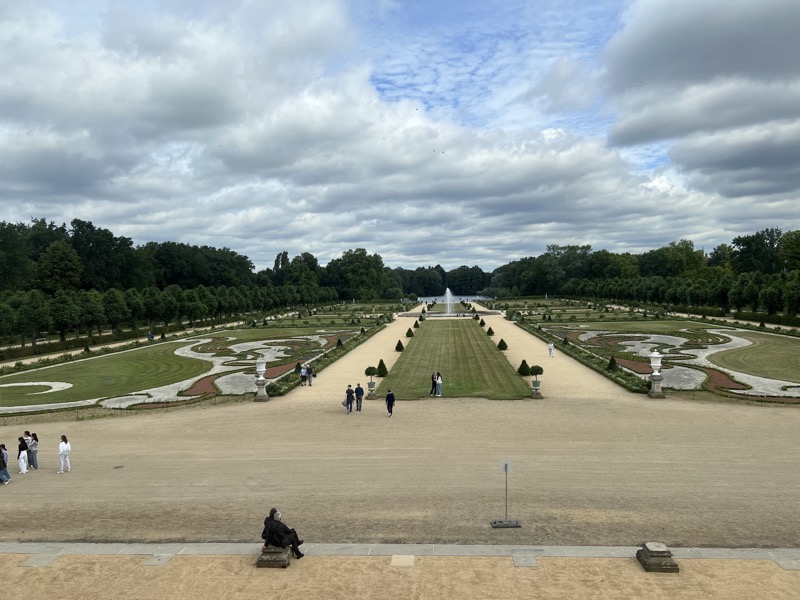
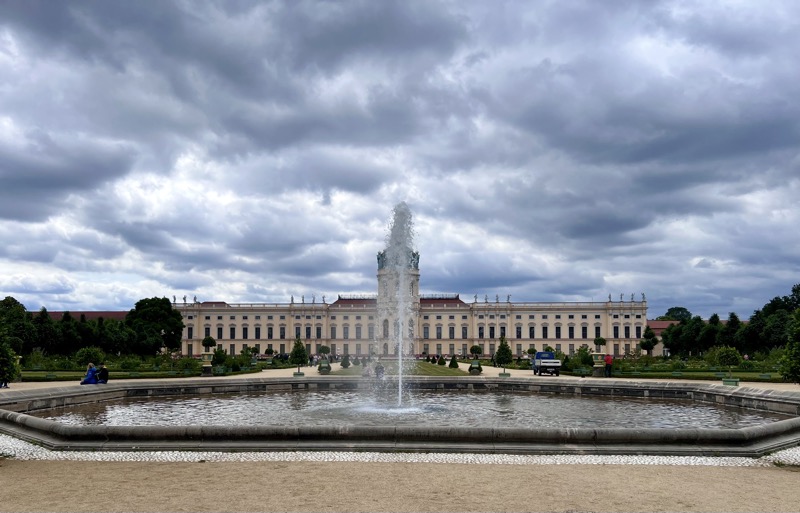
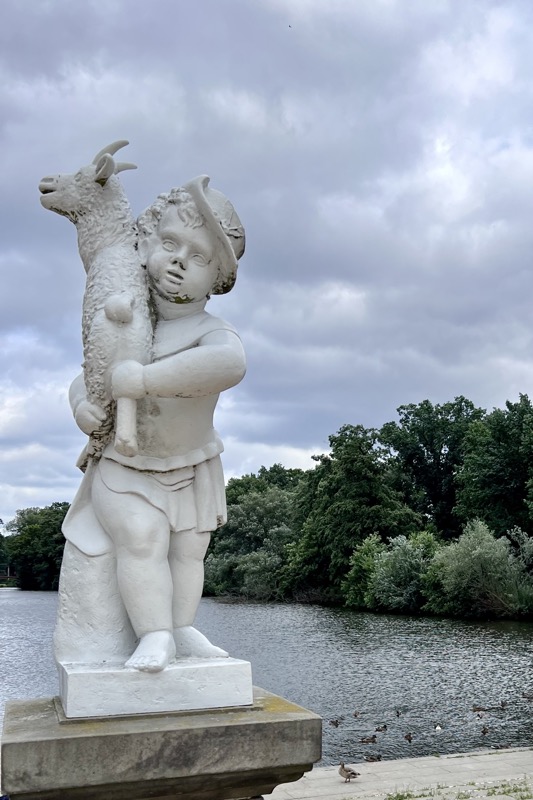
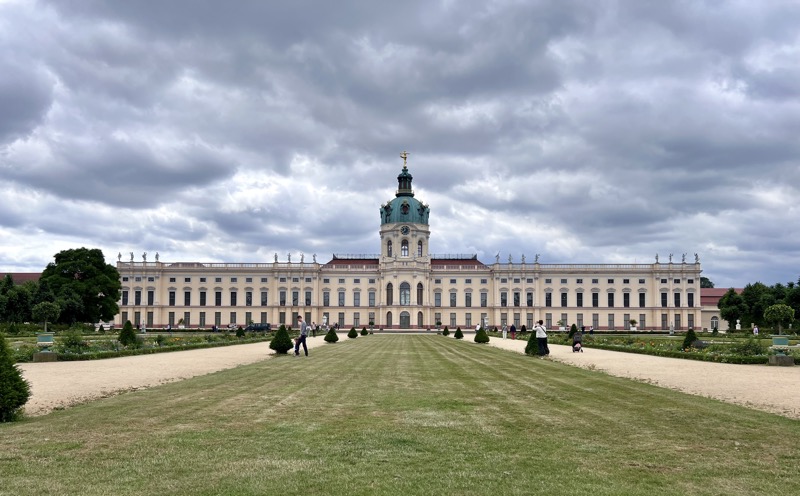
And, I promised to take Angus for lunch at Samowar – the Russian restaurant that is right near Charlottenburg Palace which is listed as one of Berlin’s best dining establishments. Though I mostly remember it for its kooky ambiance and their layered Russian honey cake. 😉
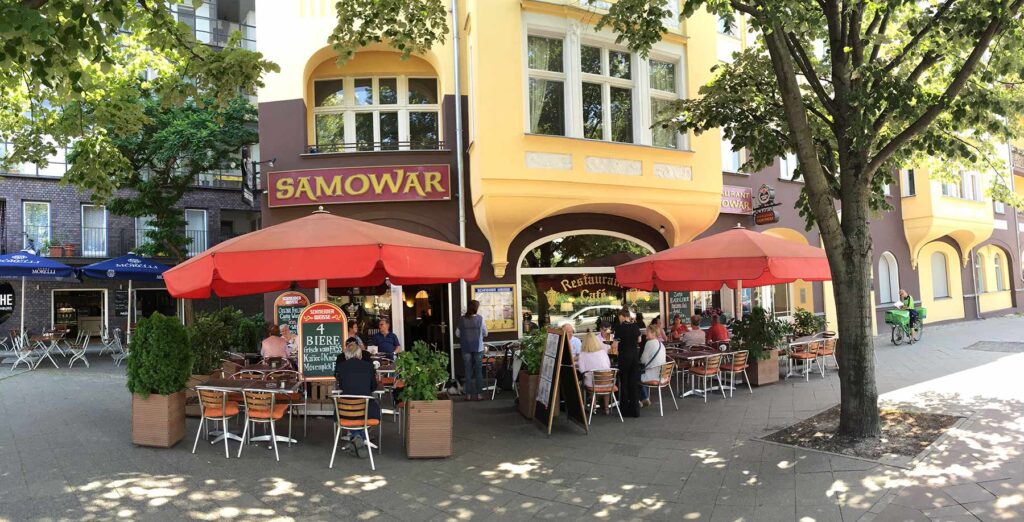
My memory of the Russian tea-room ambiance didn’t disappoint!
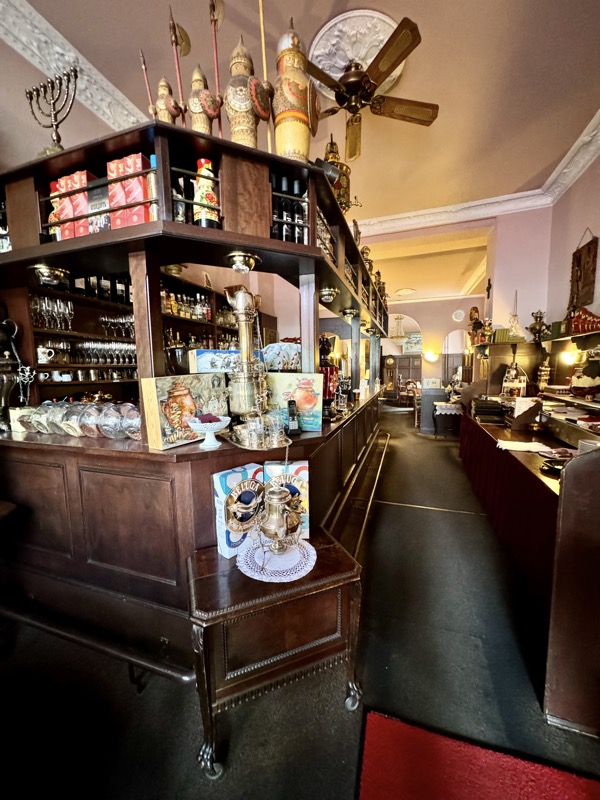
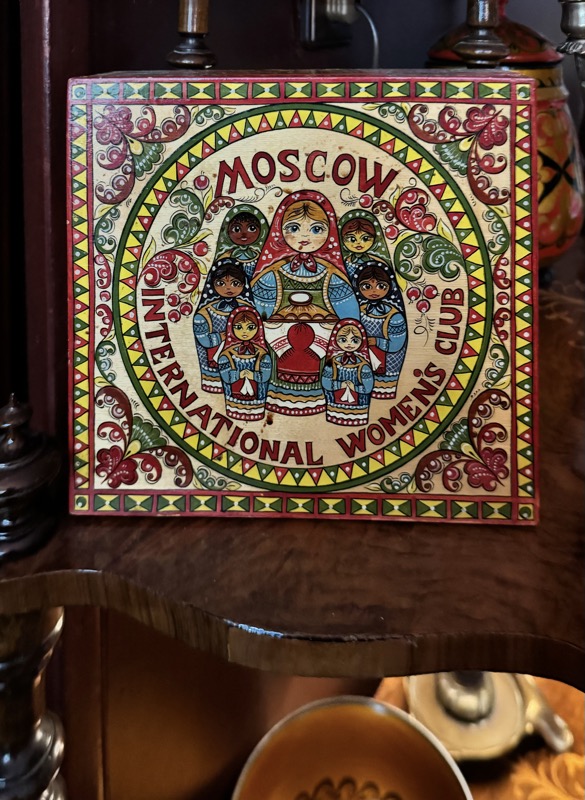
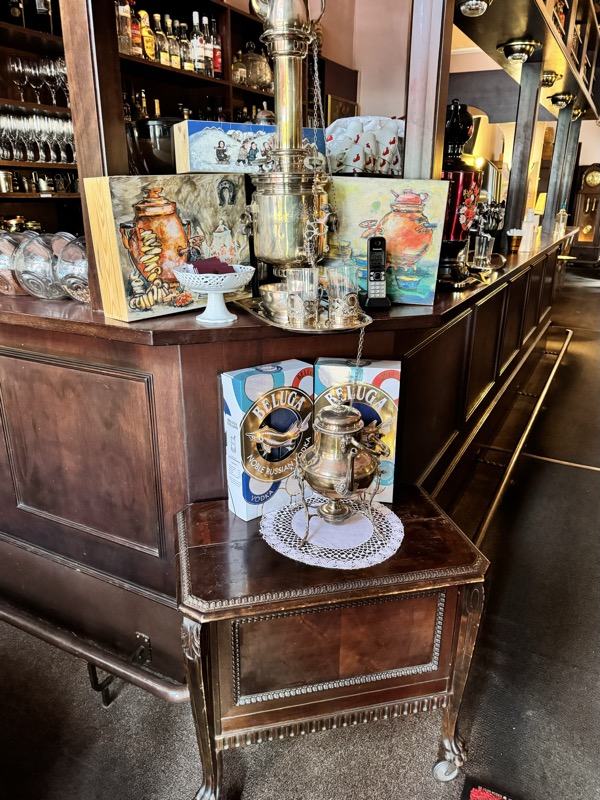
And neither did the meal. I wasn’t particularly hungry so opted for a creamy mushroom soup for lunch, while Angus had the wild boar sausages served with sauerkraut and pierogi, and of course we had to have an obligatory slice of Russian honey cake – which Angus is now very disappointed about, as it is much better than what we can get at home in Brisbane! *glass shatters forever*
